Companies primarily focus on profitability and customer satisfaction; two aspects are used to determine the value of each business’s activity, inputs (such as raw materials, marketing, research, development, etc.) and outputs (products and services). Therefore, each business activity has a particular “value” it adds to the final product, and the cumulative “values” created by each business make up the value chain.
The value chain ultimately determines the competitive advantage of one company over another, for example, through superior products and services or the most cost-effective line of production, both of which translate to customer satisfaction, satisfactory sales, and profitability. Therefore, businesses must evaluate this value chain through a value chain analysis template to ensure they are operating in the optimal scenario. It will thus look into all steps from raw material purchase through manufacturing, production, distribution, marketing, and ultimately, a sale.
Therefore, this article will provide an in-depth discussion of a value chain analysis and how to use a template for it.
What are Value Chains and Value Chain Analysis?
A value chain is a business term used in business strategy and management.
It refers to a series of activities that a manufacturer or service provider undertakes to bring value to their customers.
It is often used in the business context to describe the activities required to bring a product/service from conception to the customer.
A value chain analysis describes and explores the cumulative value added by each business’ activity and process at each step from inception (production) to final consumer sale (consumption).
It provides managers with a comprehensive overview of a company’s internal activities, potential improvement opportunities, and the cost involved. This way, they can determine the company’s competitive advantage, such as by reducing costs and increasing differentiation.
How Does It Work?
A value chain analysis aims to establish how the business activities are valuable to the final product, the type of value they generate, and which ones are not valuable to the company. This way, it is used to determine the company’s competitive edge.
A value chain analysis template evaluates all the activities involved in the value chain, such as procurement, production, technology, research and development, marketing, and distribution. It identifies the value generated in each step. The value of each activity or process is then assessed to determine how it contributes to the competitive advantage.
Competitive advantage can be brought about by the efficiency of operations, creating superior products or services, or reducing production costs. As a result, competitive advantage has two variances, cost advantage and differentiation advantage. Cost advantage results from producing superior goods or performing services at lower costs than industry standards so that they fetch more on the market, thus generating profits.
On the other hand, a differentiation advantage is created when a company undertakes its activities and processes differently and better than its competitors. For example, the activities could be different in terms of efficiency, accuracy, speed, technology, etc. In addition, differentiation advantages will often result from research, innovation, and development.
note
Objectivity is key to a successful value chain analysis. Therefore, it should focus on one form of competitive advantage, either cost advantage or differentiation advantage.
Value Chain Analysis Templates
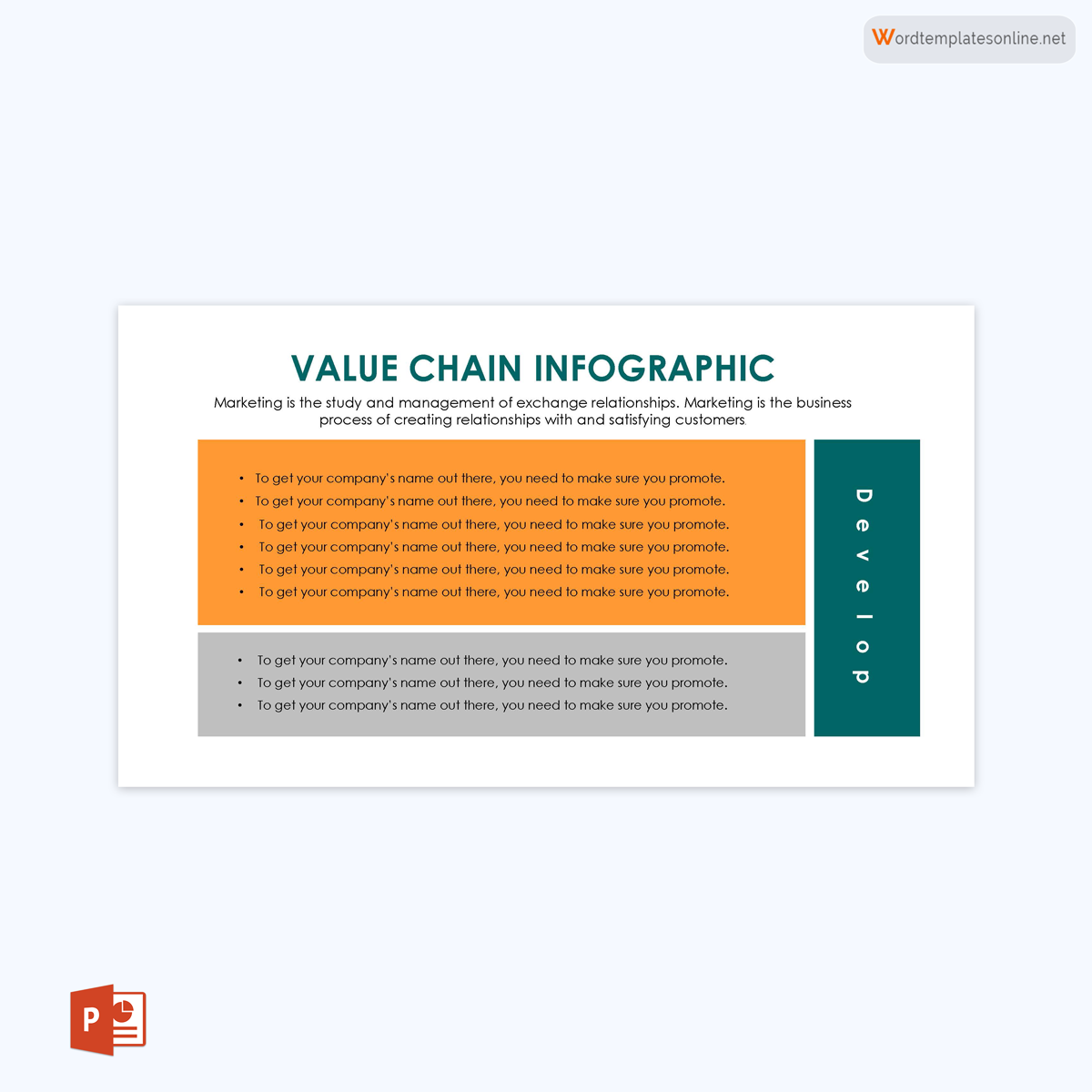
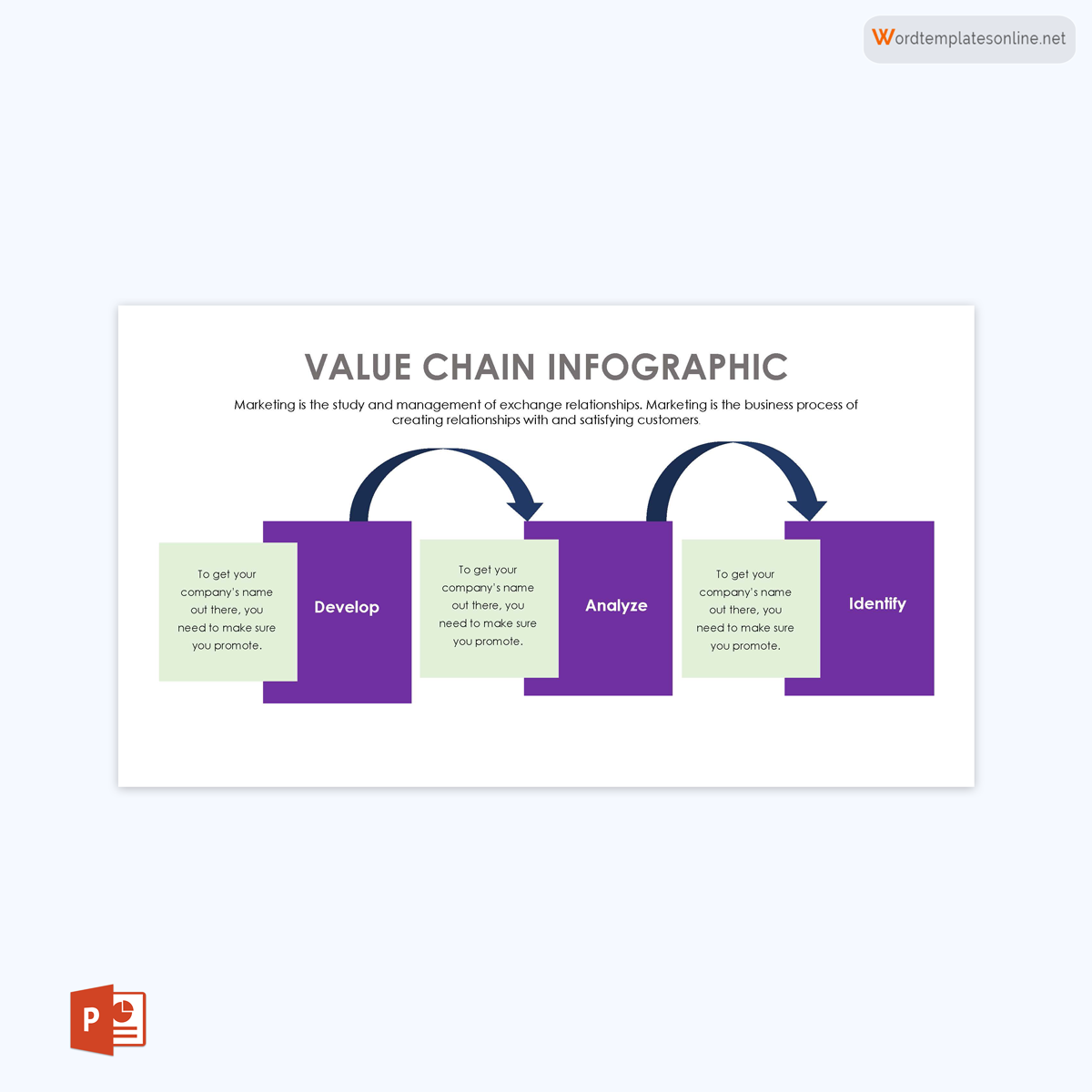
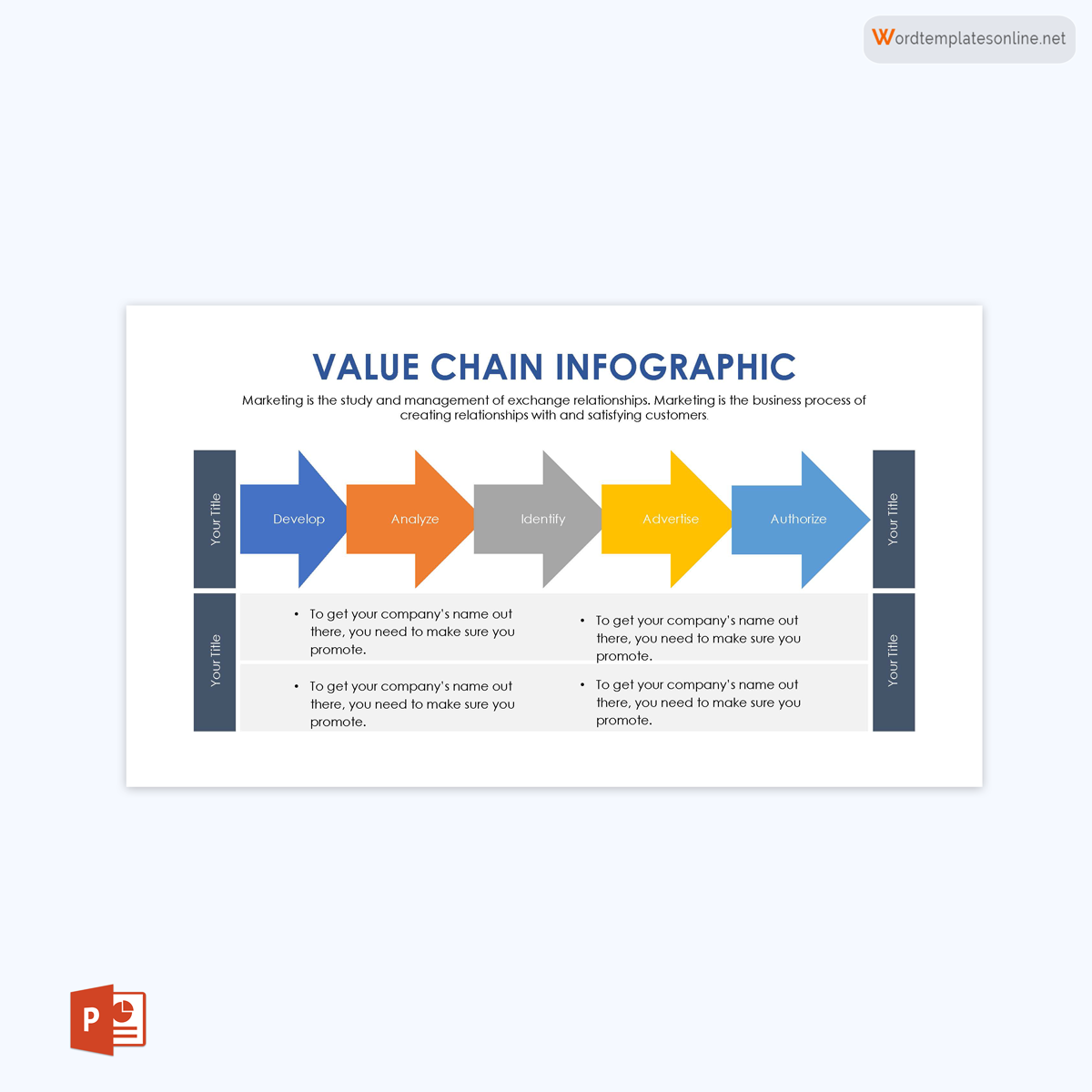
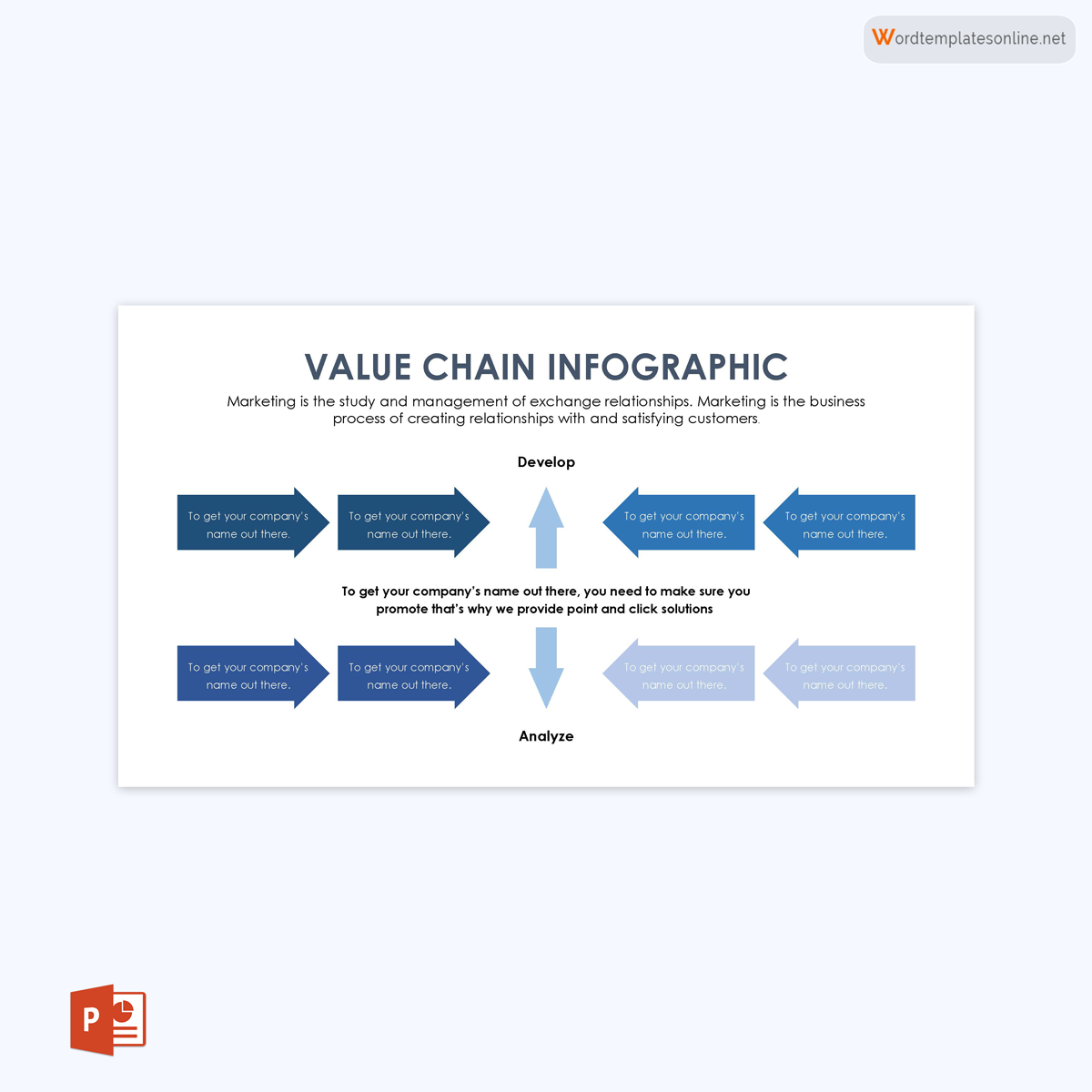
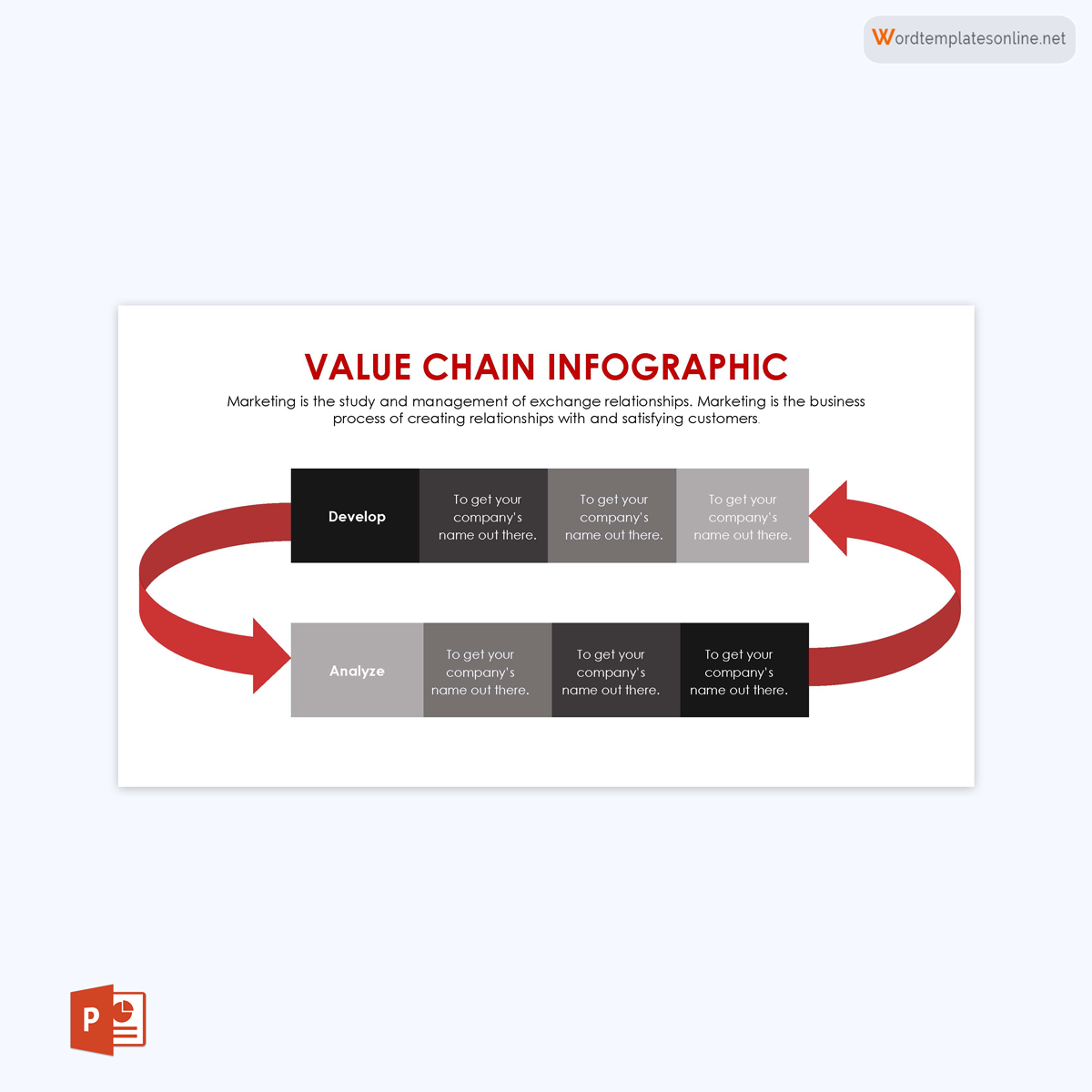
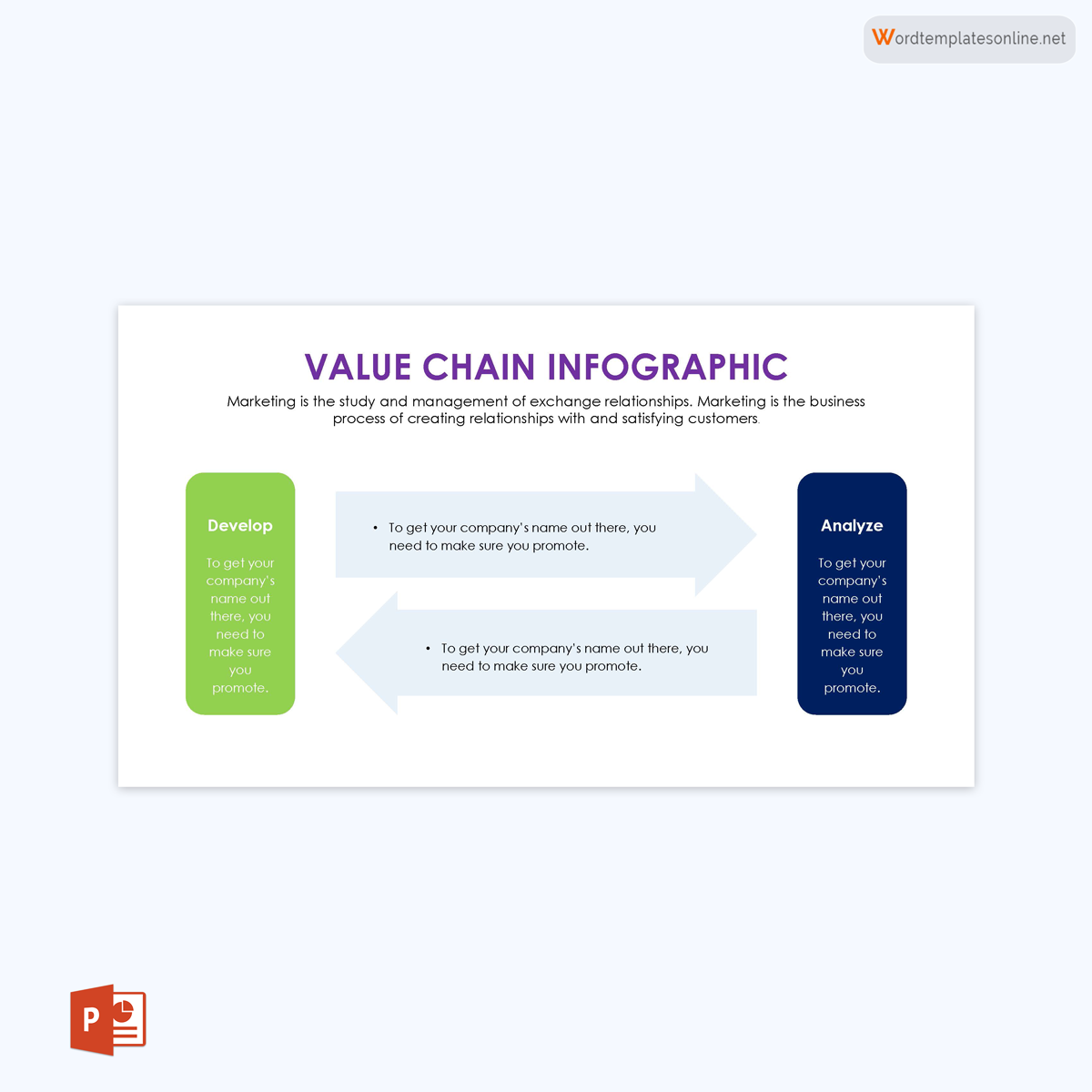
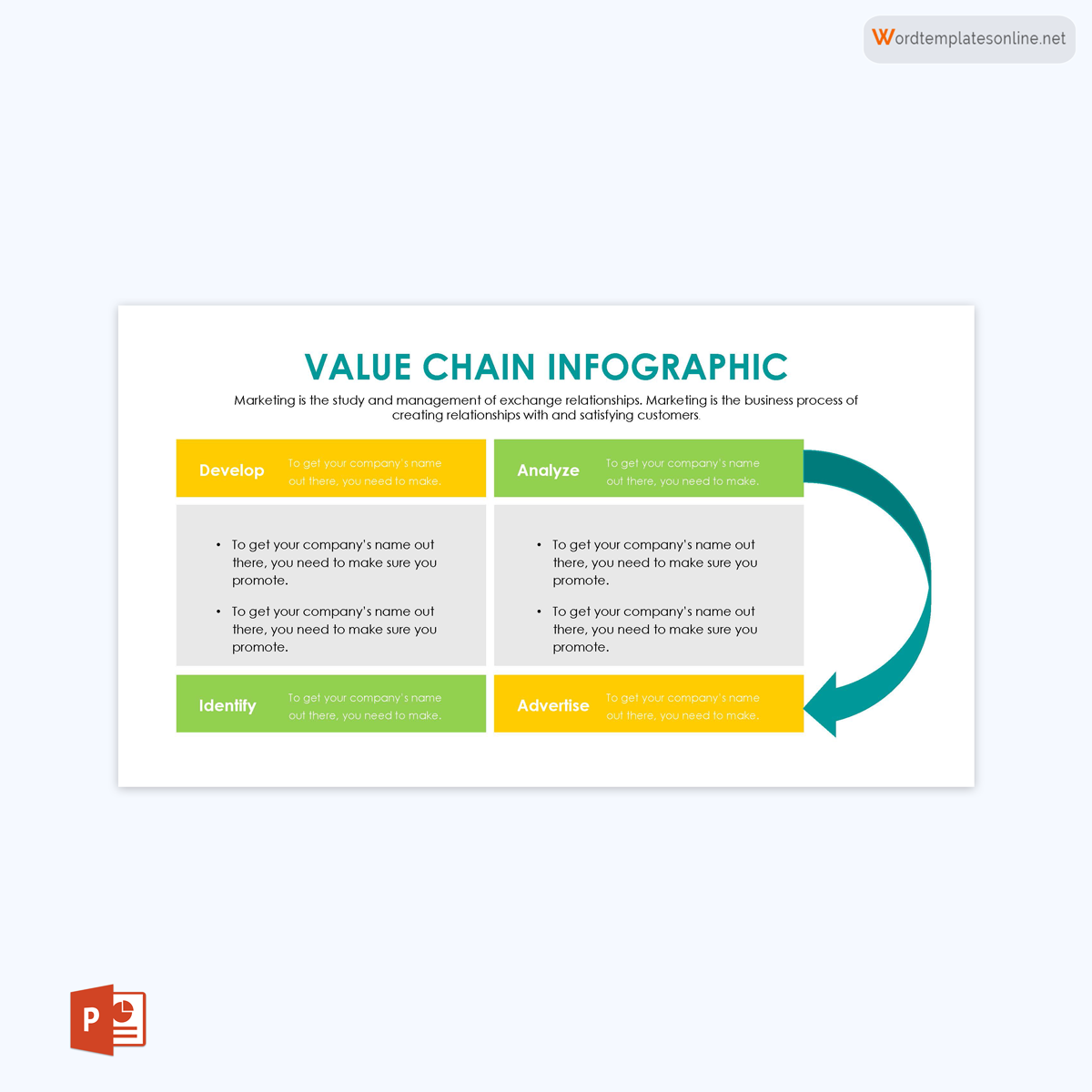
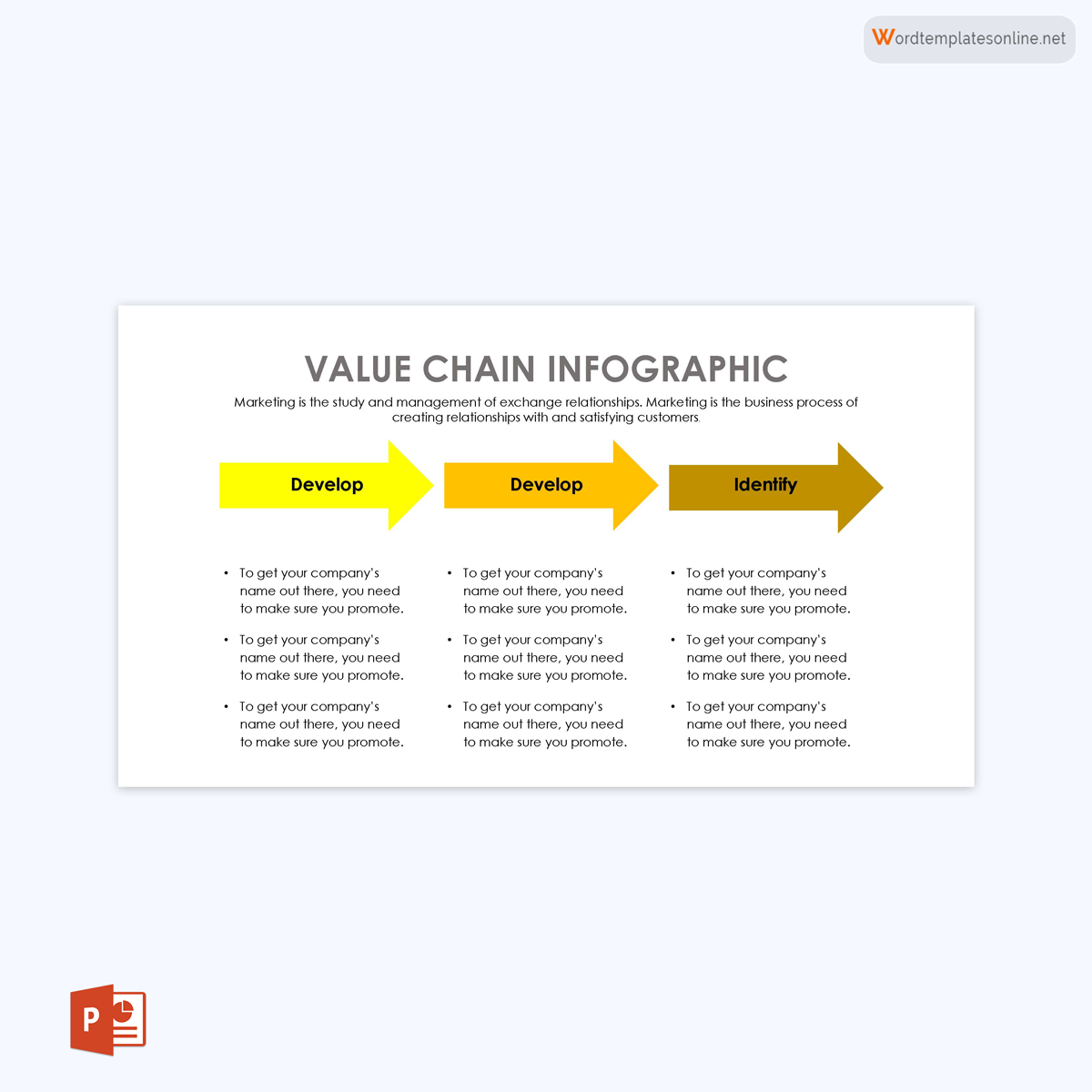
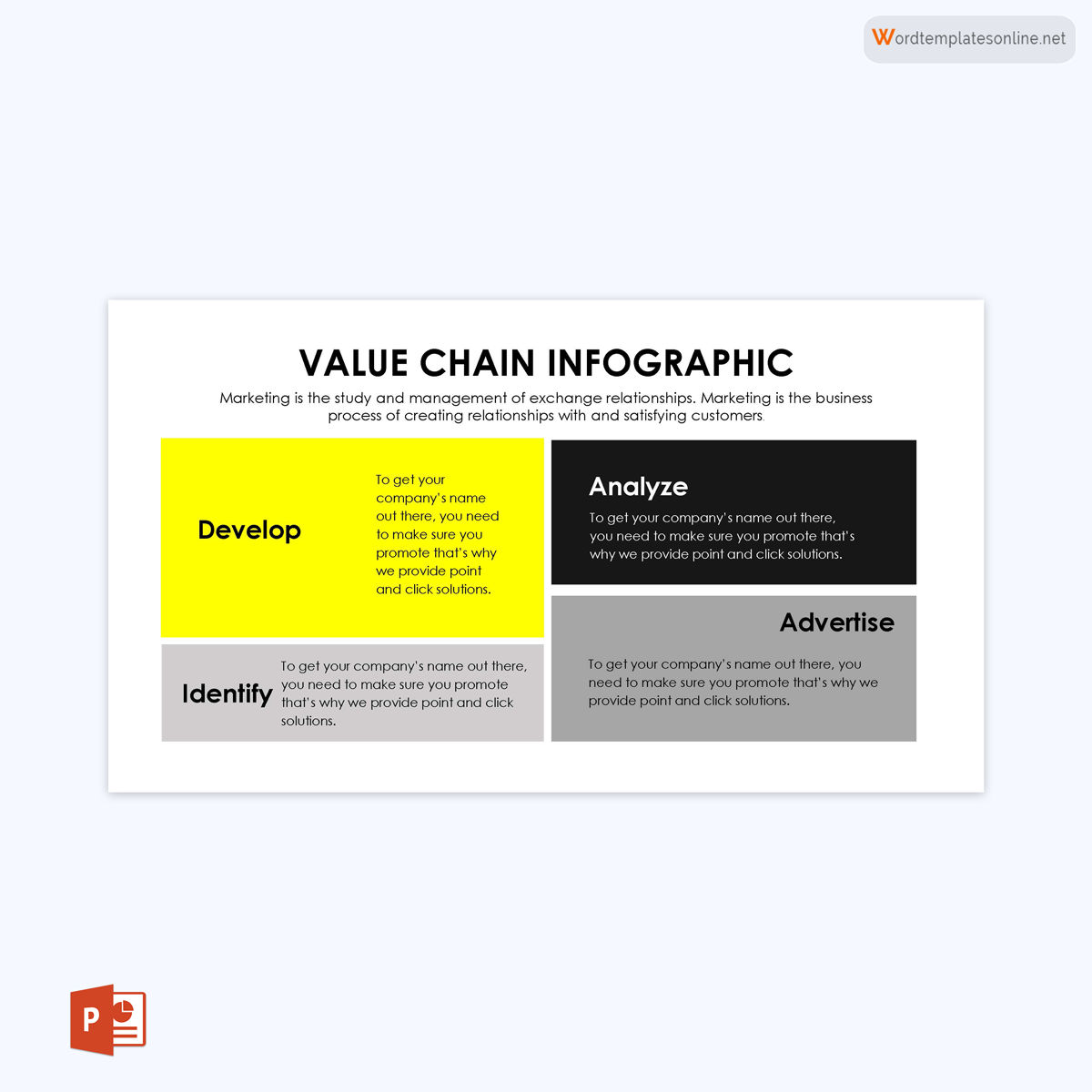
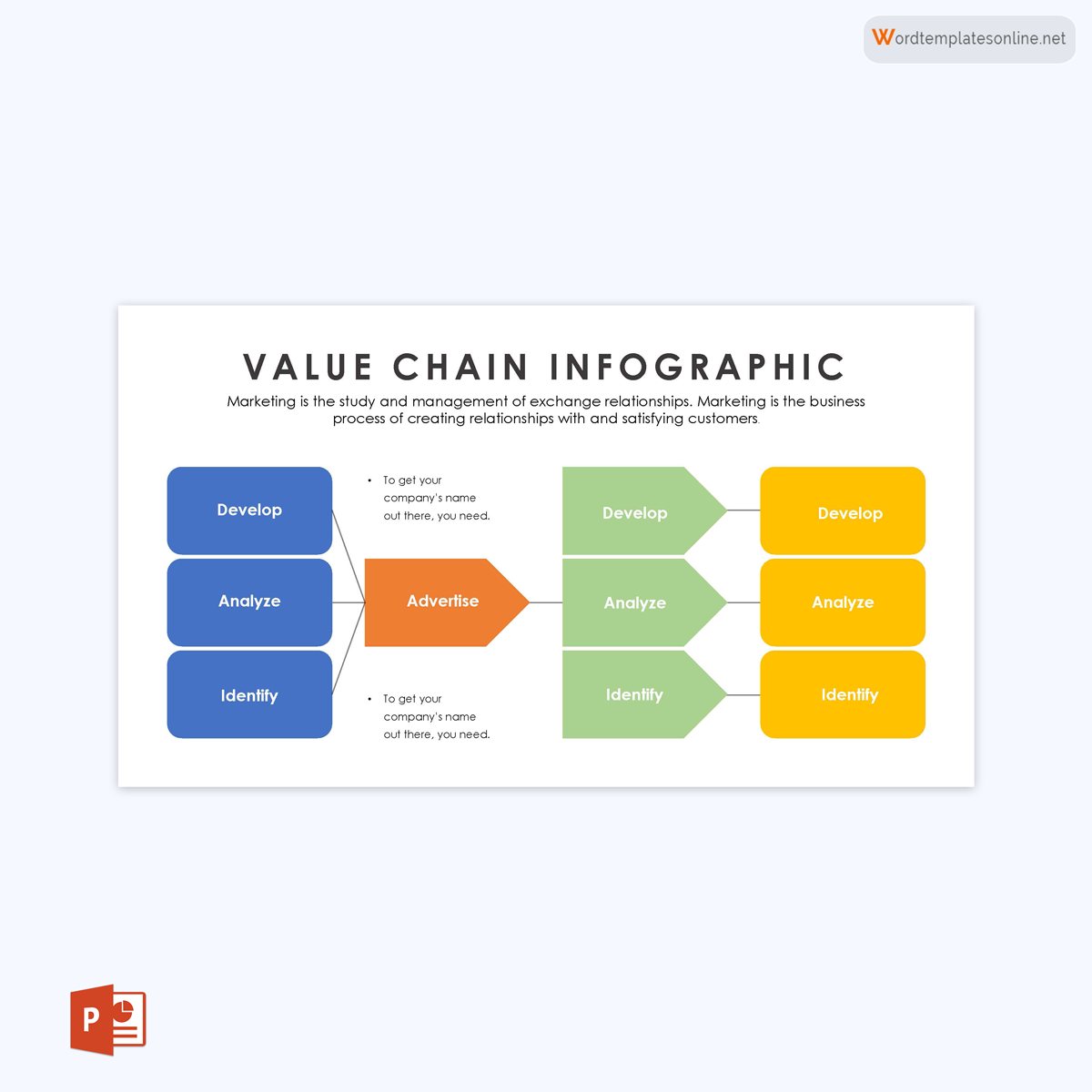
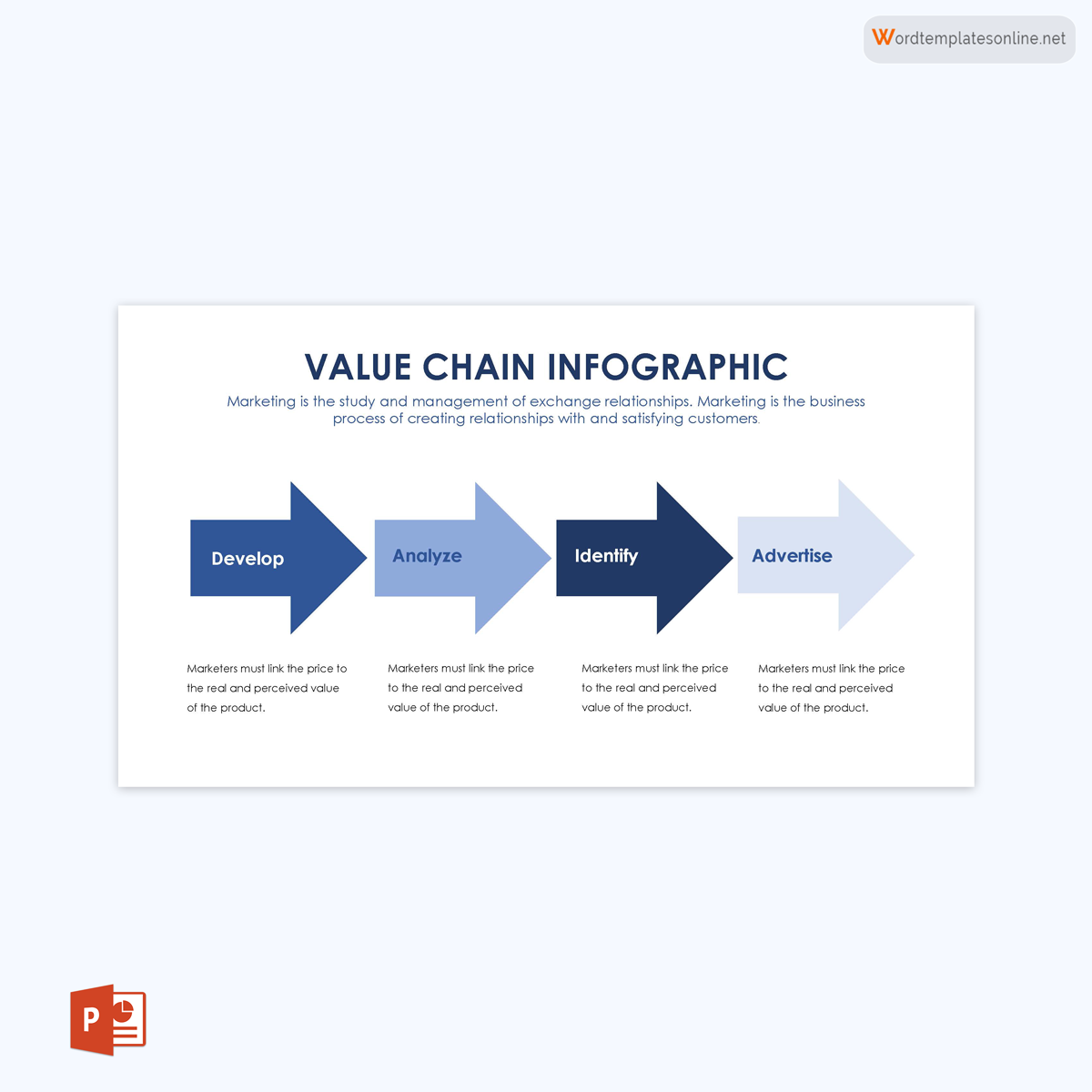
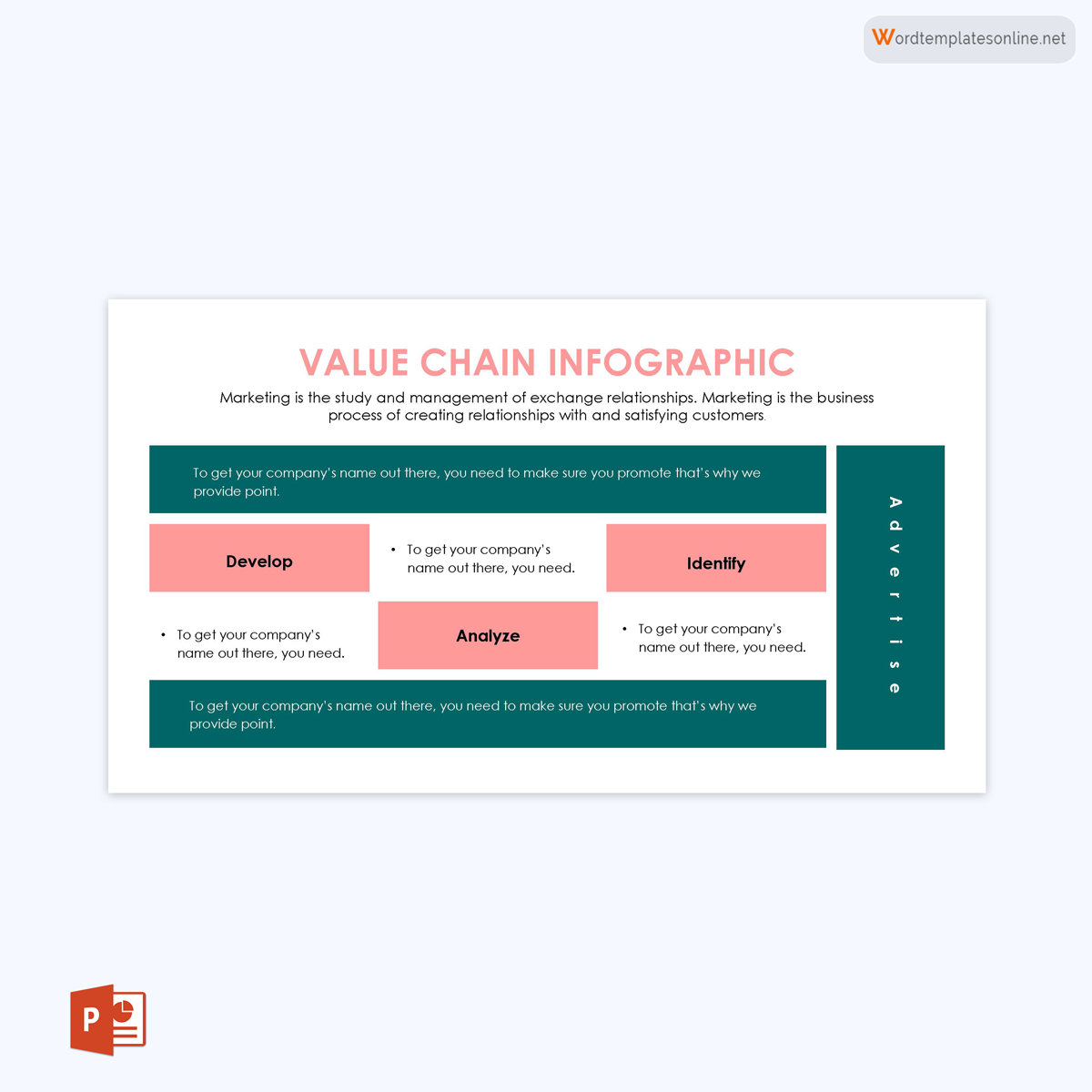
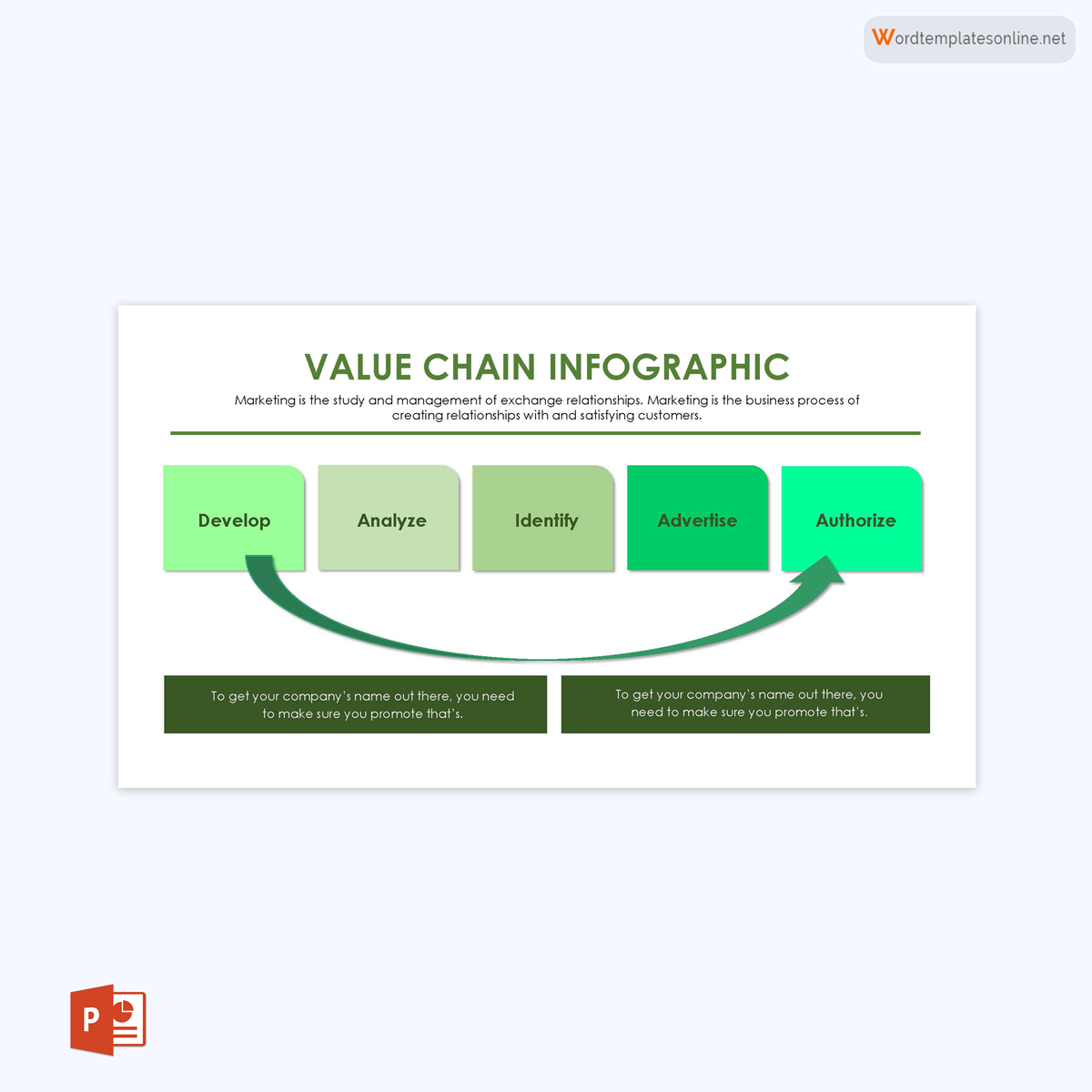
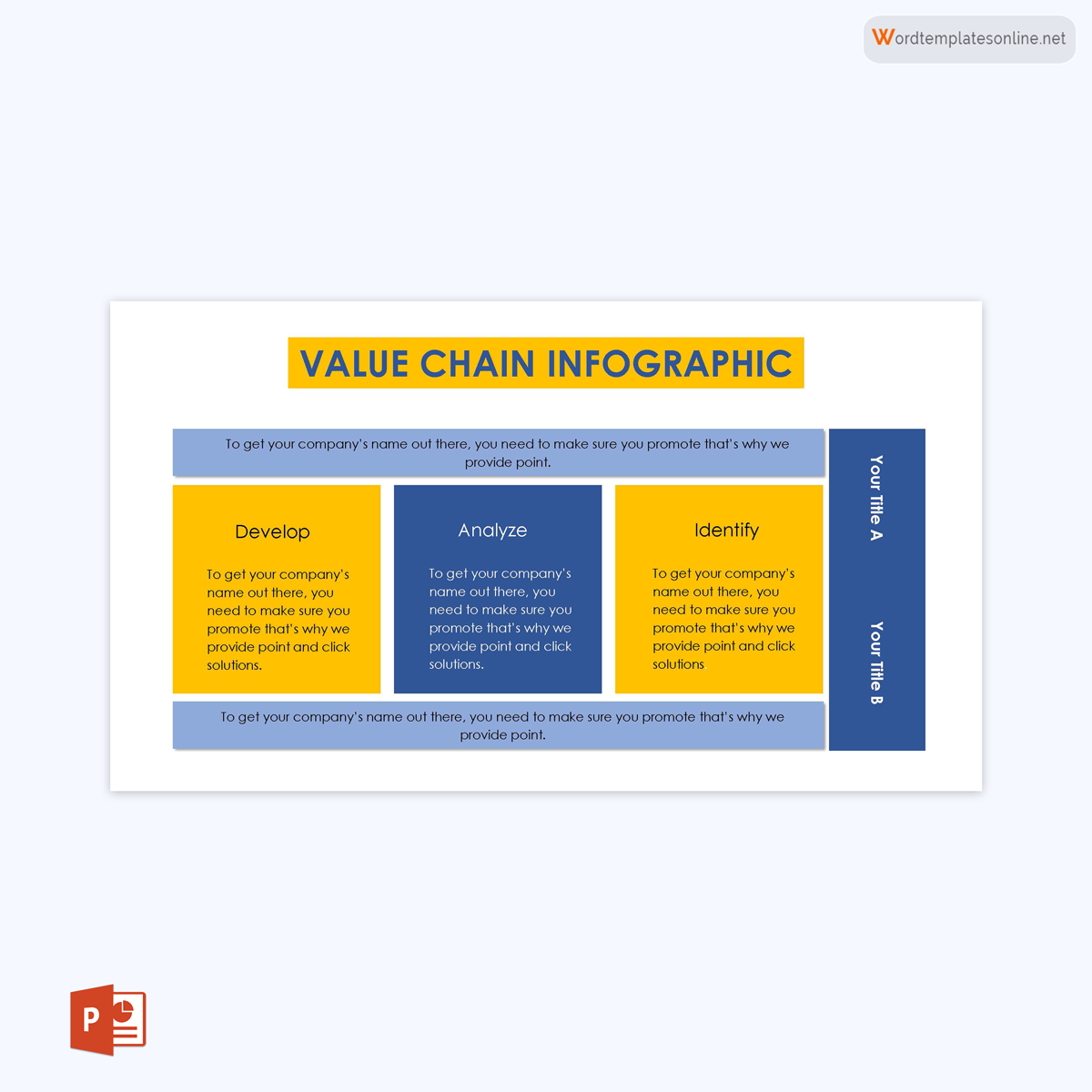
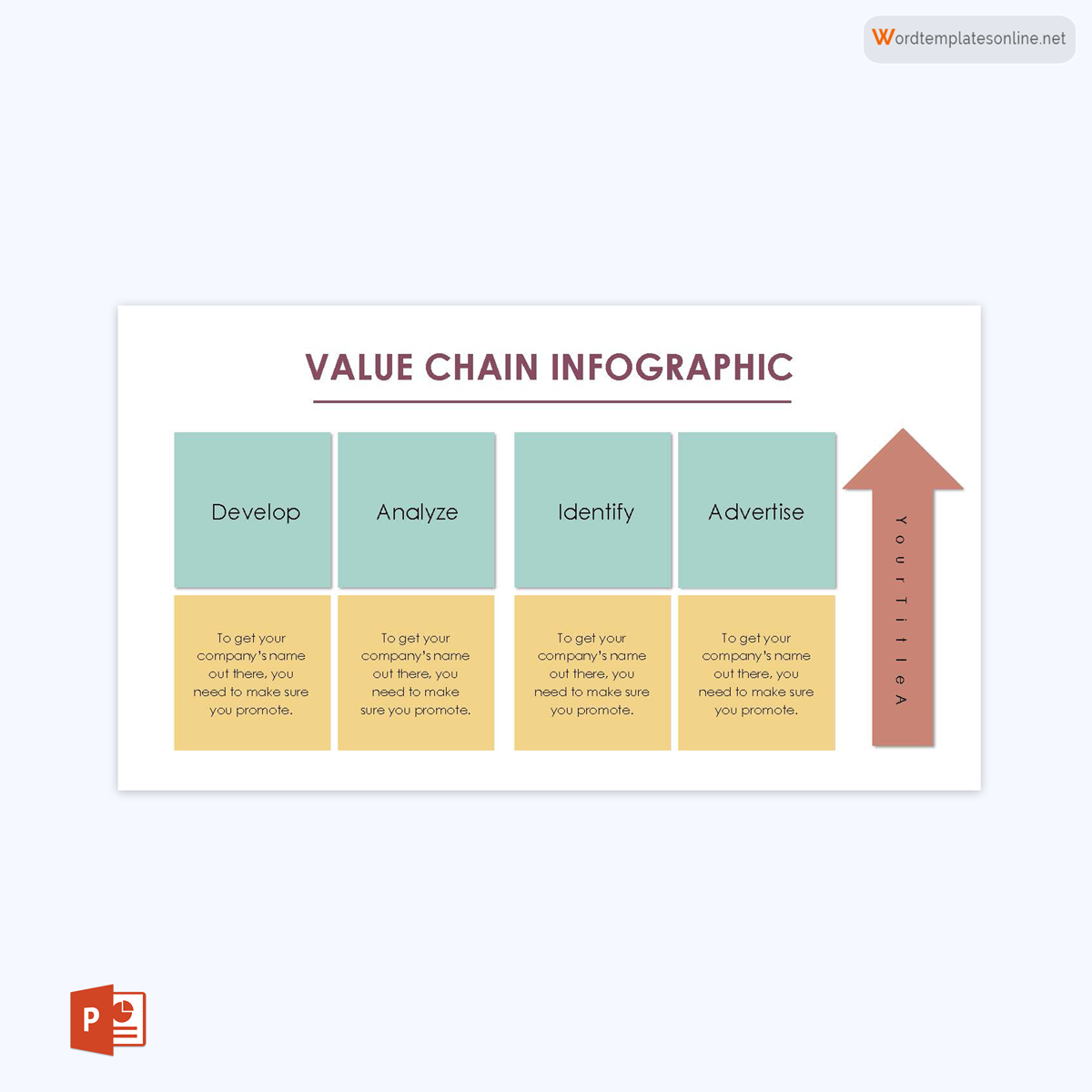
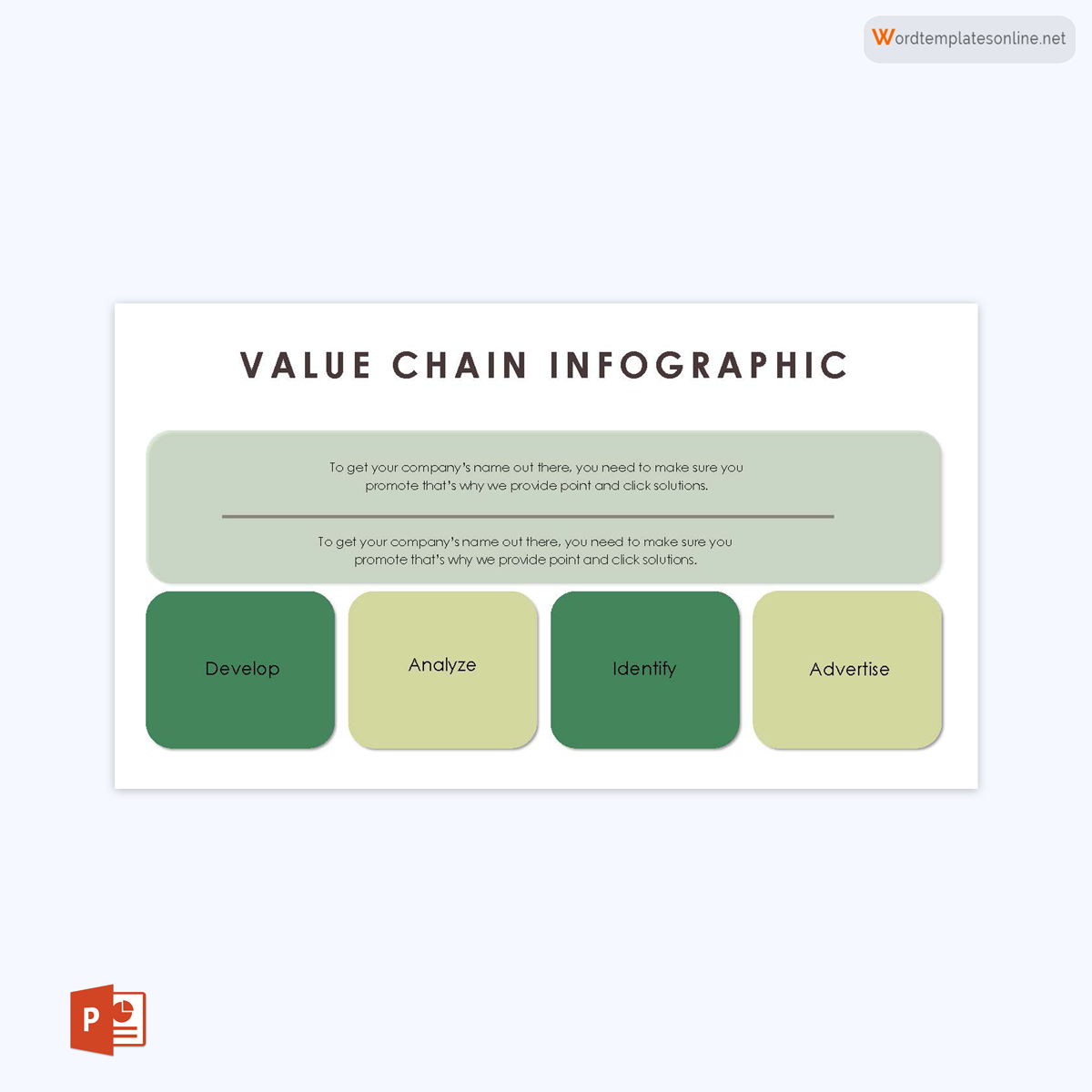
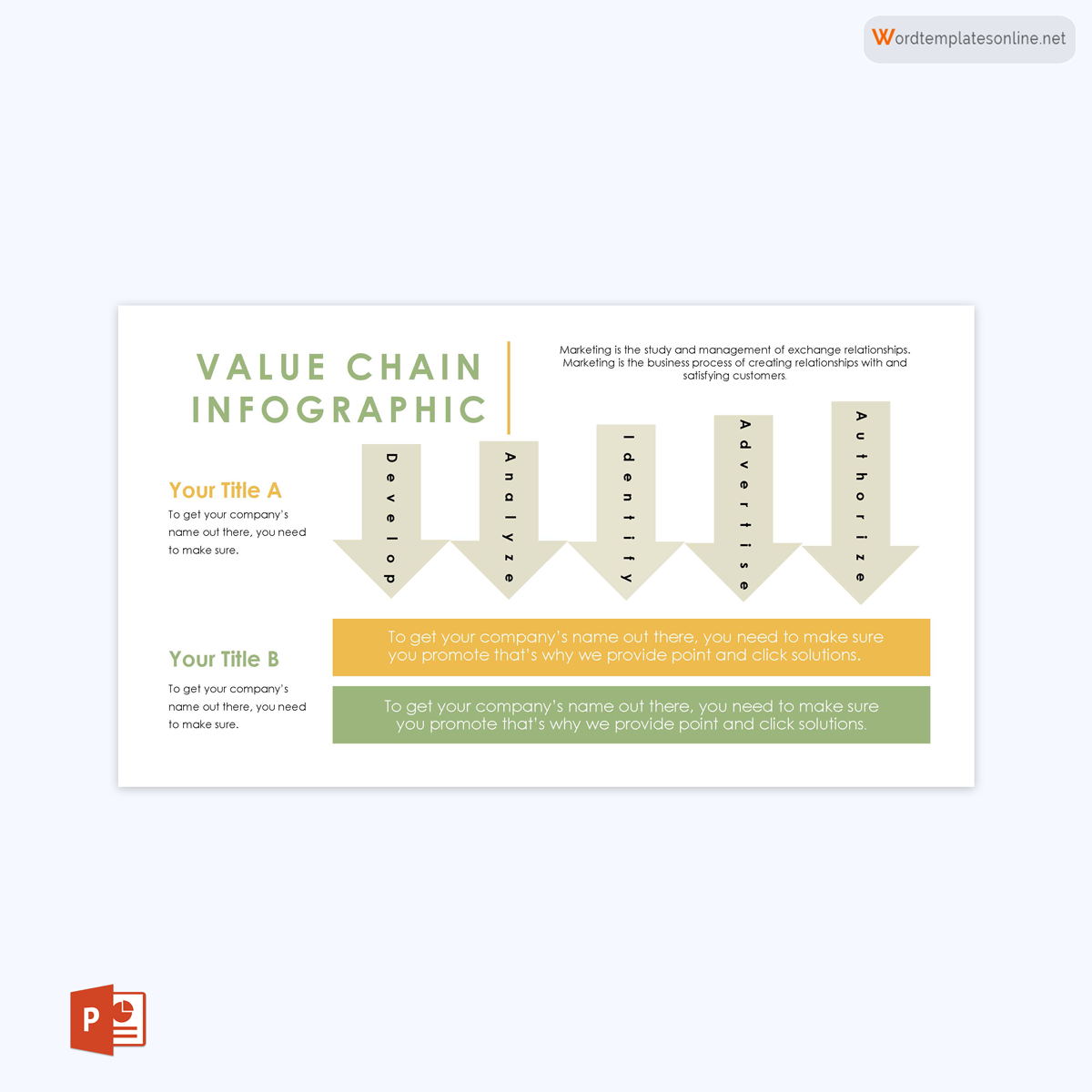
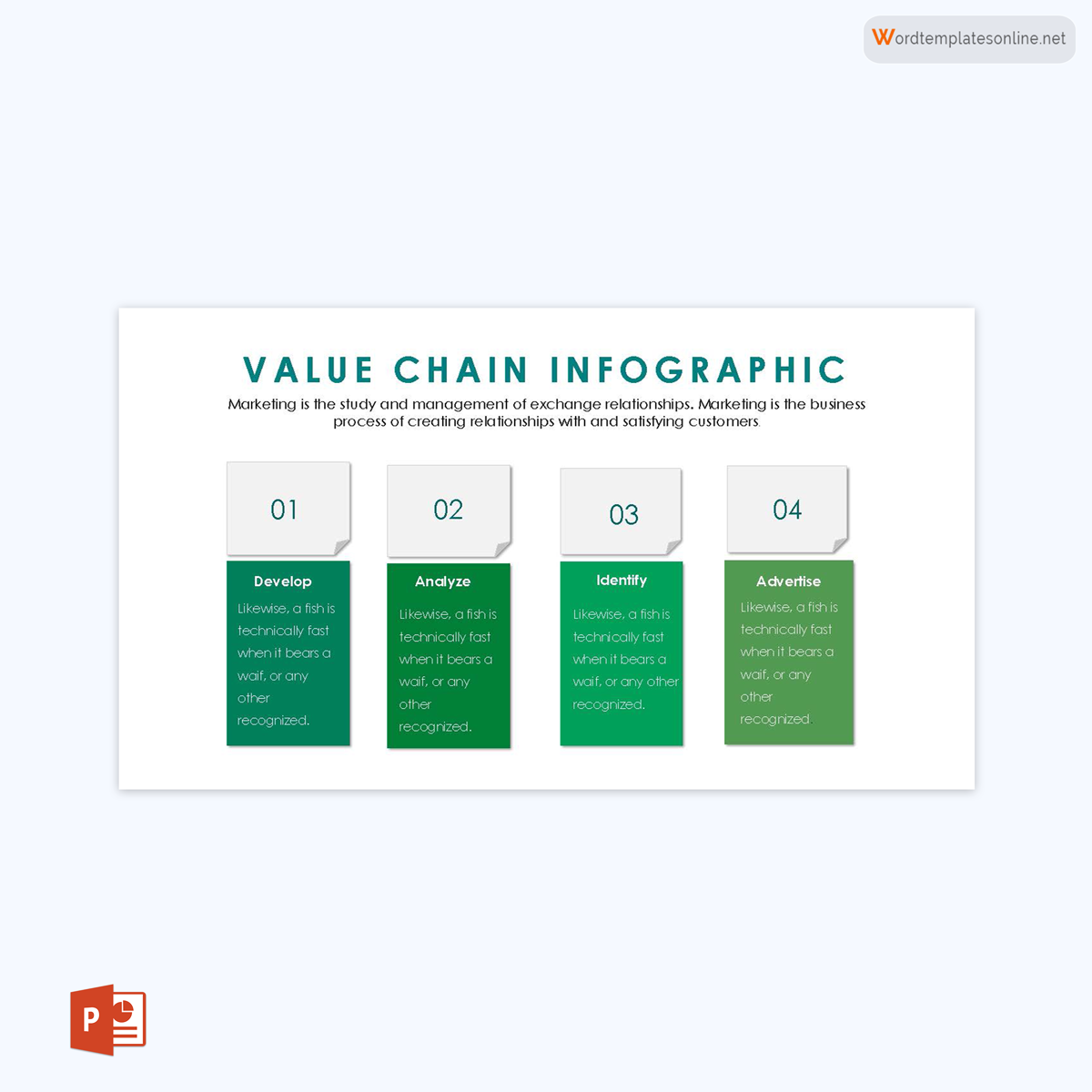
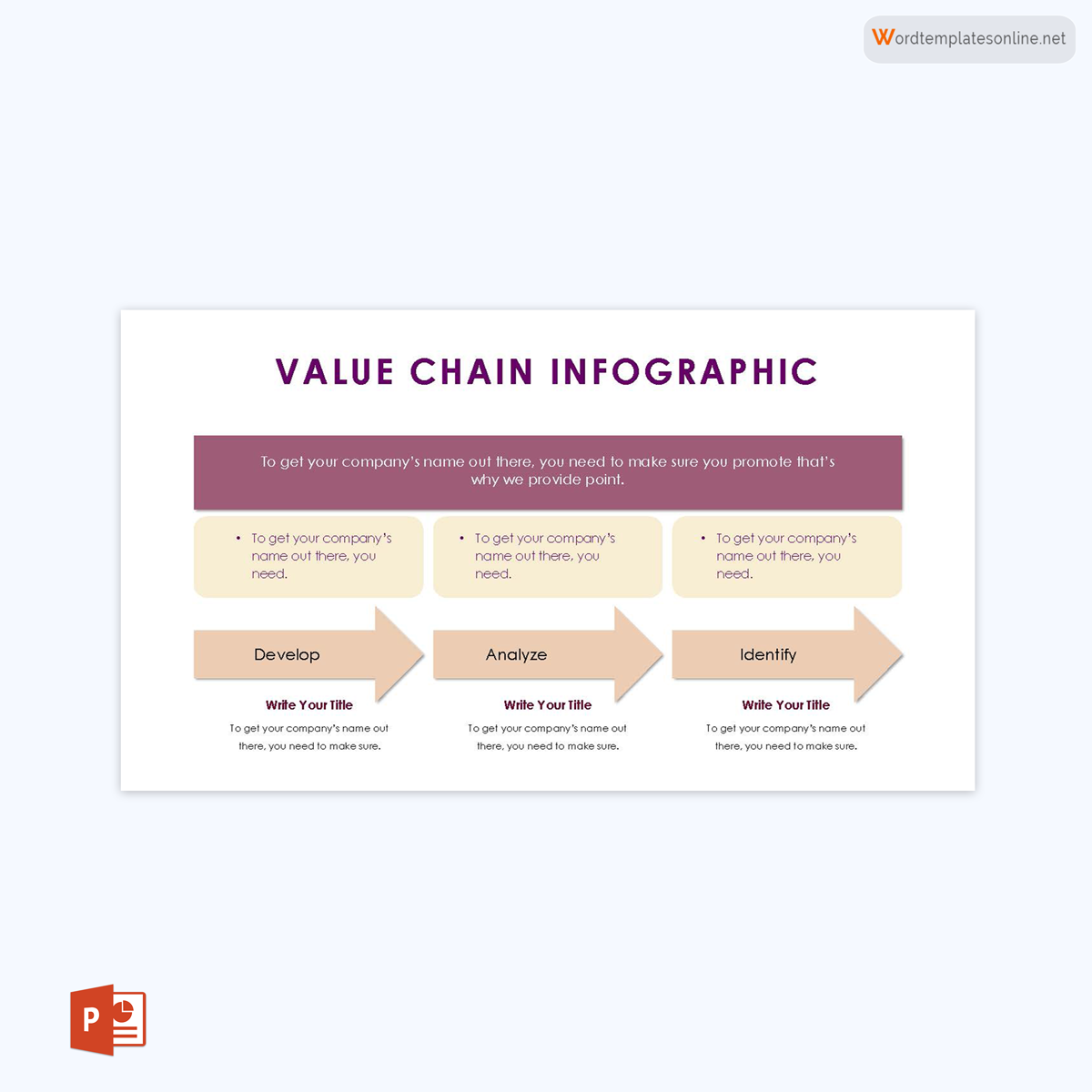
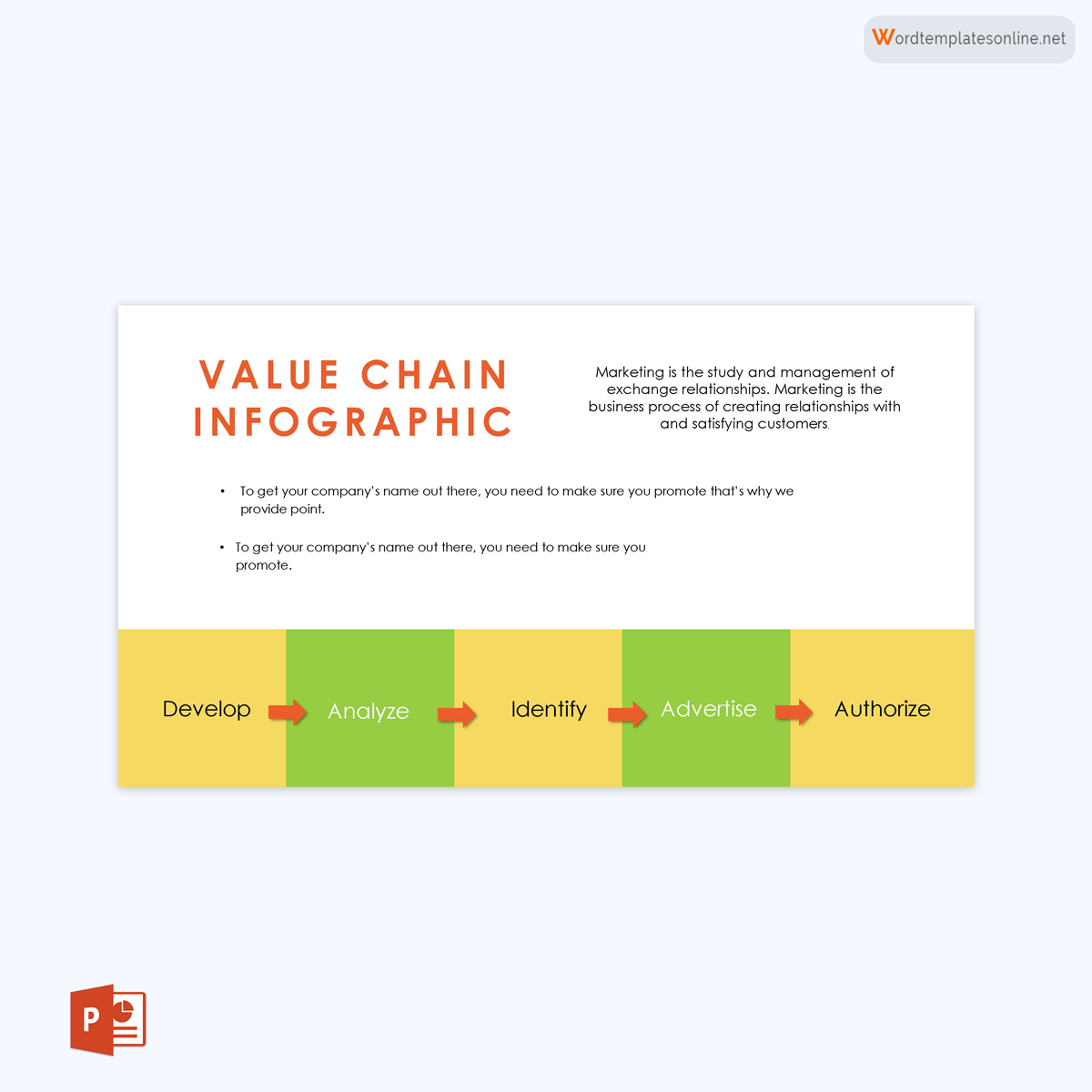
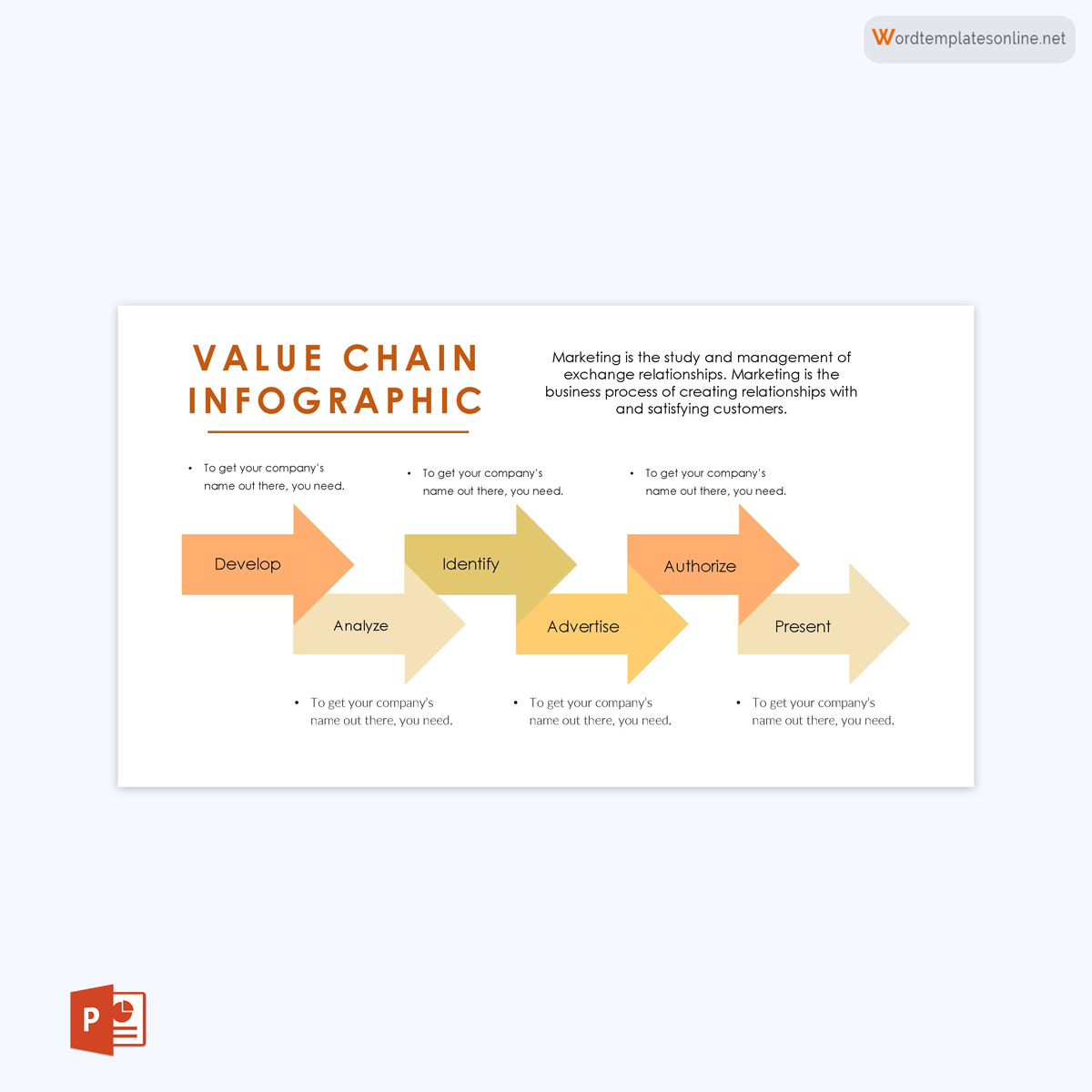
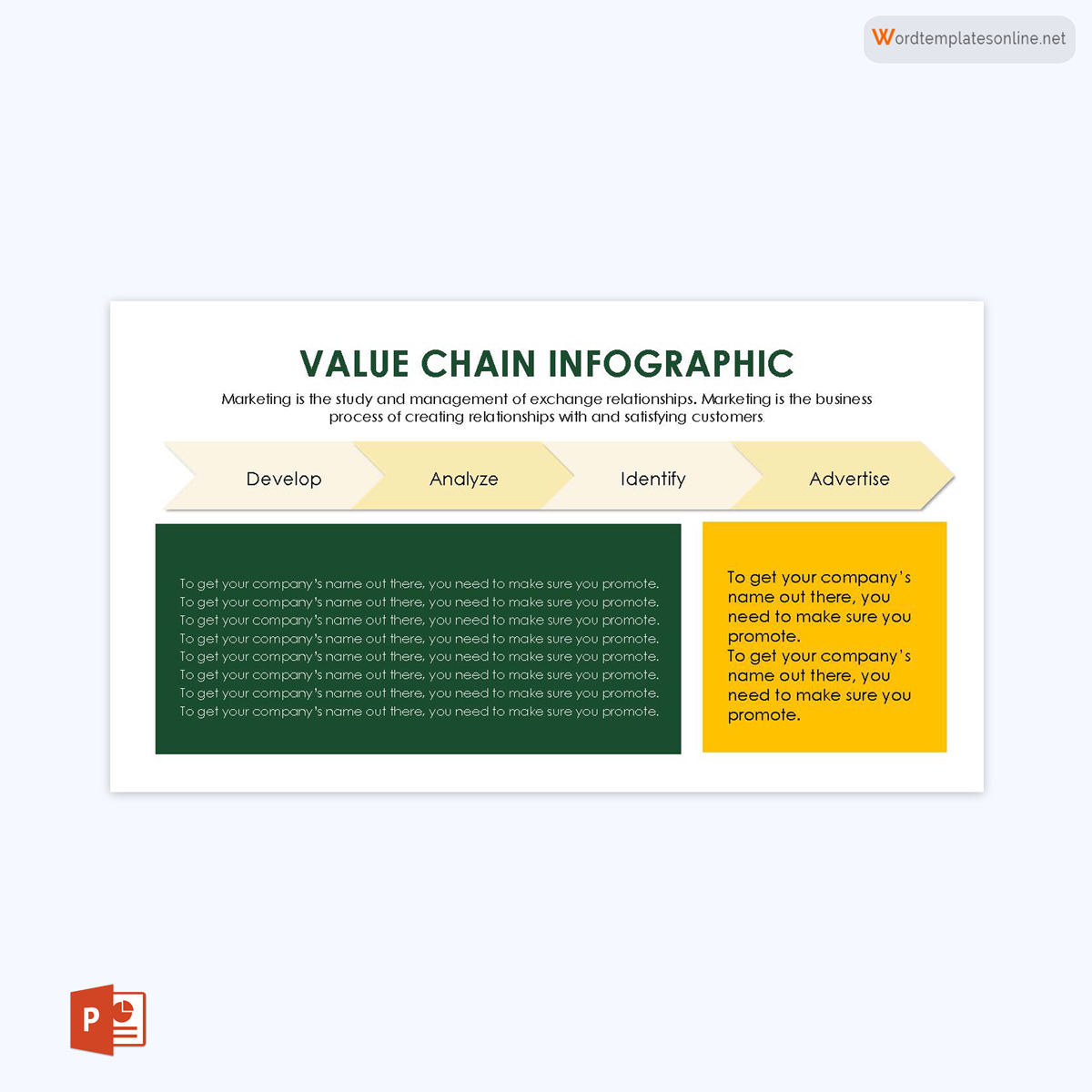
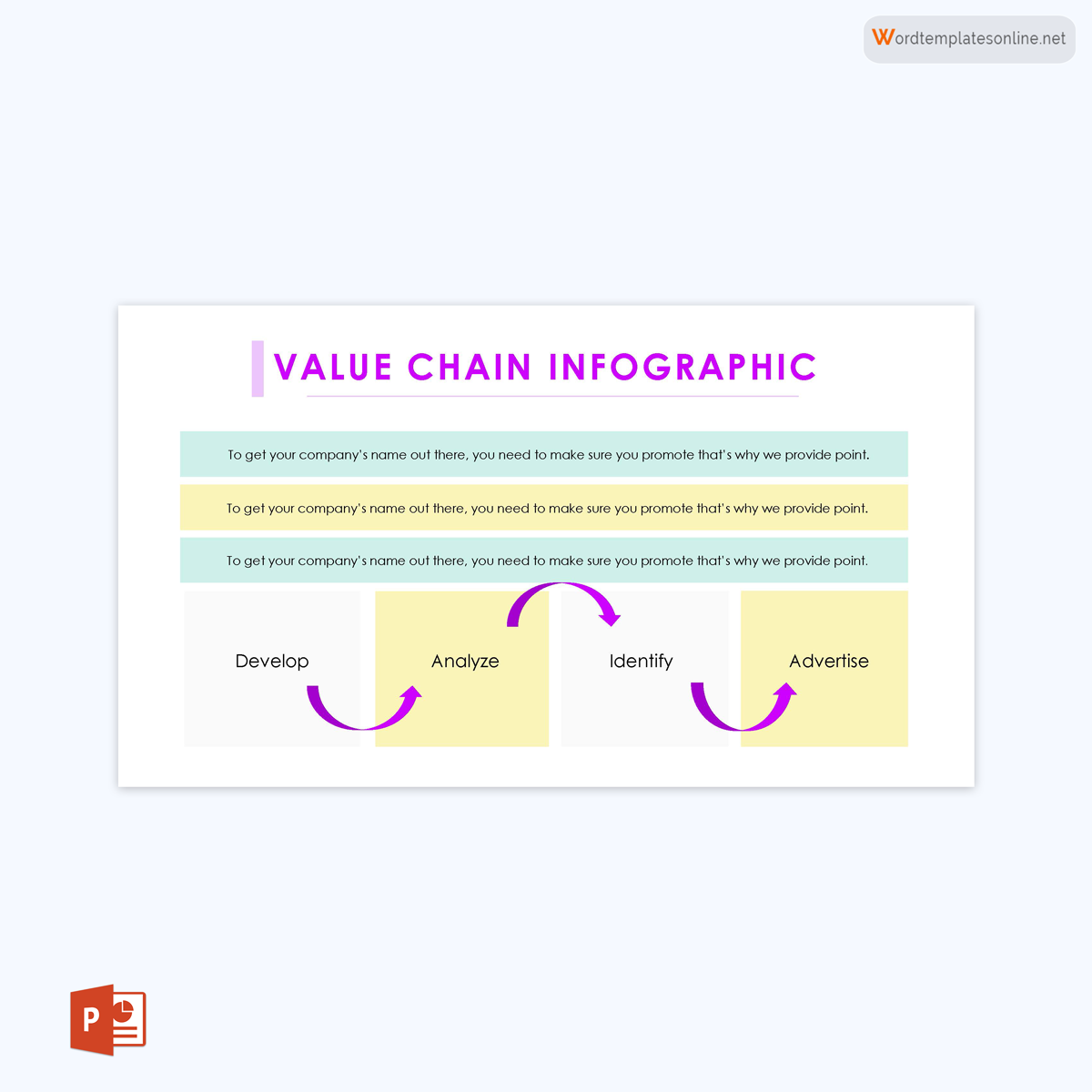
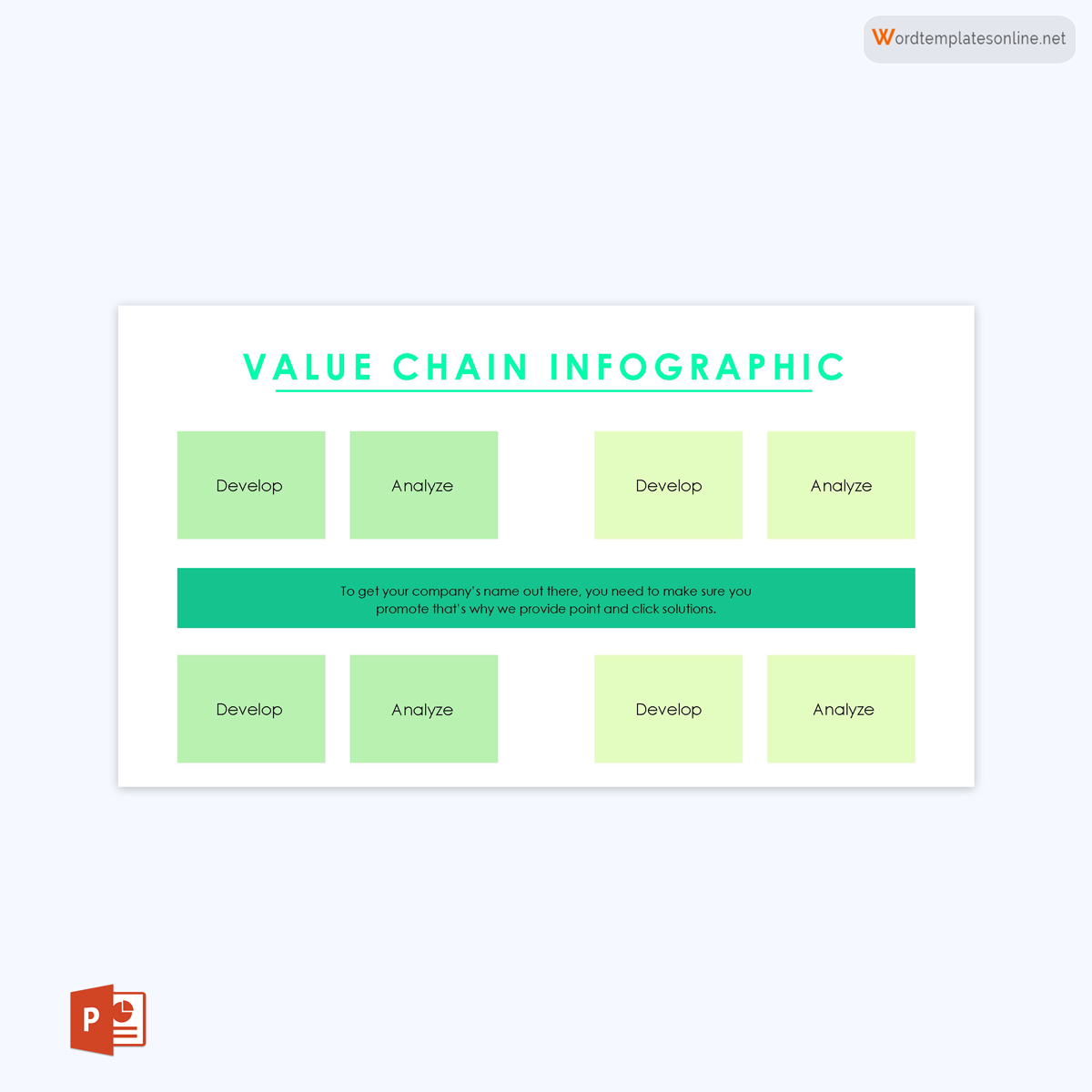
Porter’s Value Chain Analysis
The objective of value chain analysis will vary from one business, industry, and product to another. Therefore, to determine which competitive advantage to focus on, the goal of the analysis can be established from Porter’s model.
Porter is a renowned management consultant and director of the Harvard Business School. He specializes in the strategic analysis of industries by identifying their different activities and processes. His research on value chain analysis has been utilized for corporate finance, manufacturing processes and services, organizational efficiency, and strategy. His approach included dividing business activities into primary and support activities.
Porter’s value analysis utilizes the following parameters:
Primary activities
A primary activity is the “value-generating” activity of the company. This takes place at each step, from the inception of a new product, invention, or development to its final consumer sale.
The five activities under the primary category include the following:
- Inbound logistics–Inbound logistics are the activities involved in acquiring resources, raw materials, and other inputs to produce products and services. An example of inbound logistics is purchasing raw materials, components, tools, capital equipment, etc., from a supplier. Factors to consider are the location of suppliers, pricing of raw materials, shipping costs, etc.
- Operation–Operation is, in other terms, production, which is the conversion of inputs into intermediate goods through manufacturing processes such as machining, formulation, assembly, etc. For example, this activity will take place when a product is manufactured from its raw material or assembled from its components by putting together the components or sub-assemblies. Factors to consider include costs of utilities, fuel consumption, rent of warehouse, direct labor costs, etc.
- Outbound logistics–Outbound logistics are the activities involved in shipping or moving goods to a final destination, typically distributing the end product. This is, for example, taking a product from the plant to the final consumer’s location, warehouse fees, fuel costs, drivers’ wages, etc. Post-production services such as testing, inspection, and maintenance can also be included.
- Marketing and Sales – Marketing and sales promote interaction between the end product or service with customers (target market) to promote products. This can involve communicating to consumers by advertising, reselling, cost-per-acquisition, etc.
- After-sales services – These are activities involved with customer support services such as warranties, product training, and support services such as repair.
Support activities
A support activity is the “value-creating” area that helps to facilitate the primary activities. It includes the managerial, organizational, infrastructural, and administrative activities that maintain the company’s operation. In addition, they support primary activities in their execution and delivery to customers.
The four support activities include the following:
- Firm infrastructure–Firm infrastructure is the capital investments for the company like buildings, machinery, etc. Infrastructure also involves operations support systems such as accounting, finance, human resource management, and administration services such as logistics and security.
- Human Resource Management–Human resource management involves the activities that ensure that human capital is in place to execute the primary activities. It involves recruitment, training, rewards, recognition of employees, and motivation of employees.
- Technological development is all the technological advancements made, such as information systems, machinery, patenting and licensing of new product ideas, and equipment for manufacturing in product and service development, management processes, new markets, etc.
- Procurement–Procurement involves acquiring raw materials and other inputs for a company’s primary activities. It involves buying from suppliers, accounting, compiling reports to ensure the overall efficiency of purchasing, and monitoring quality control.
Value Chain Analysis Examples
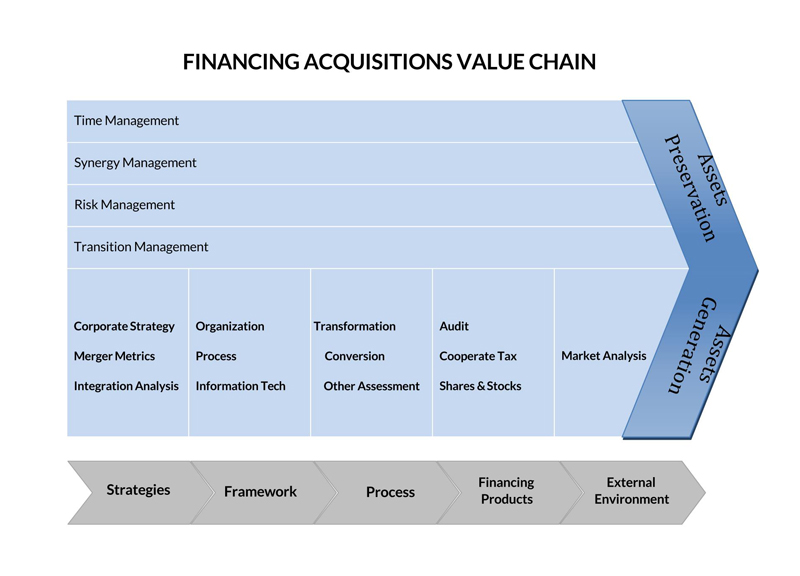
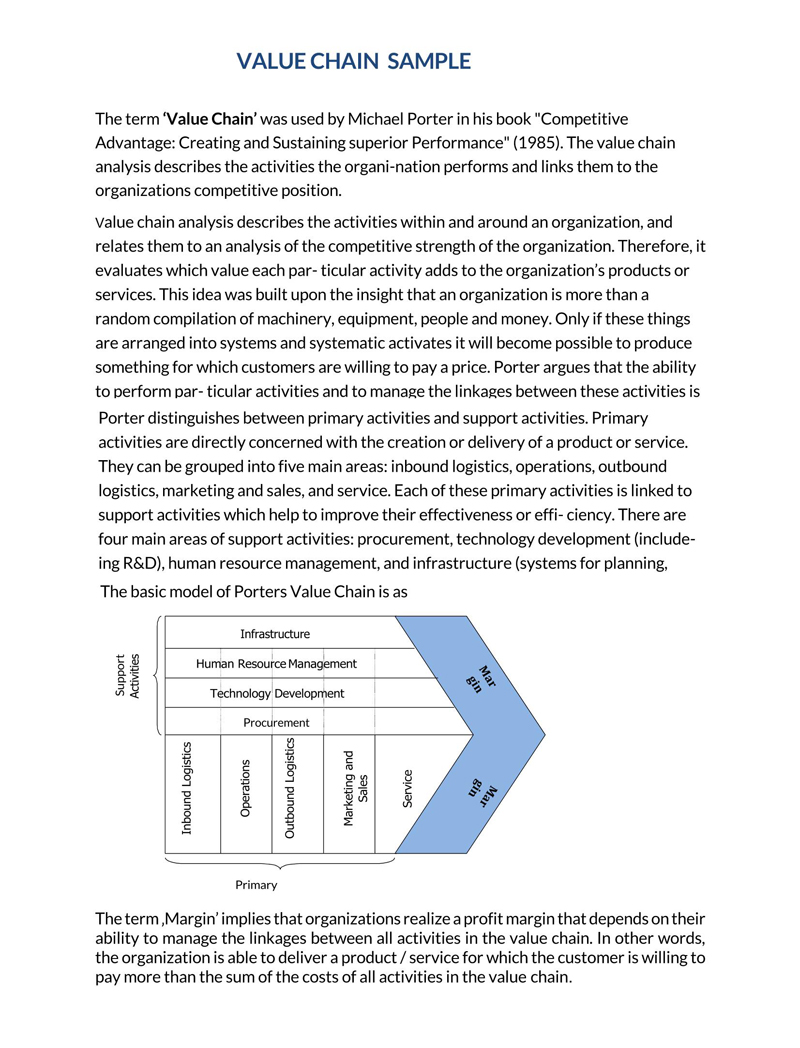
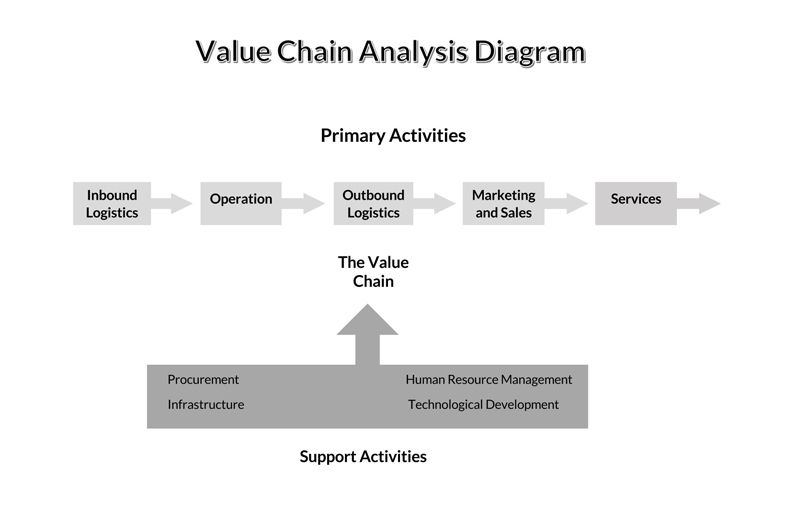
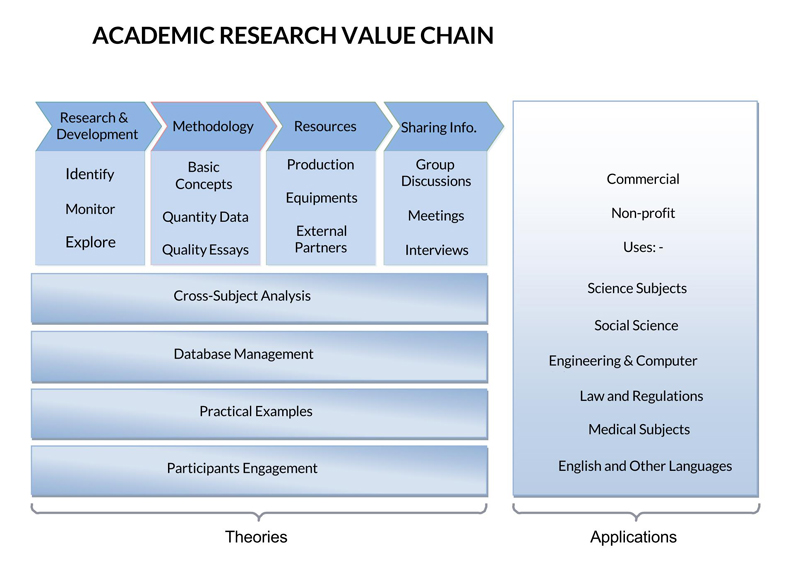
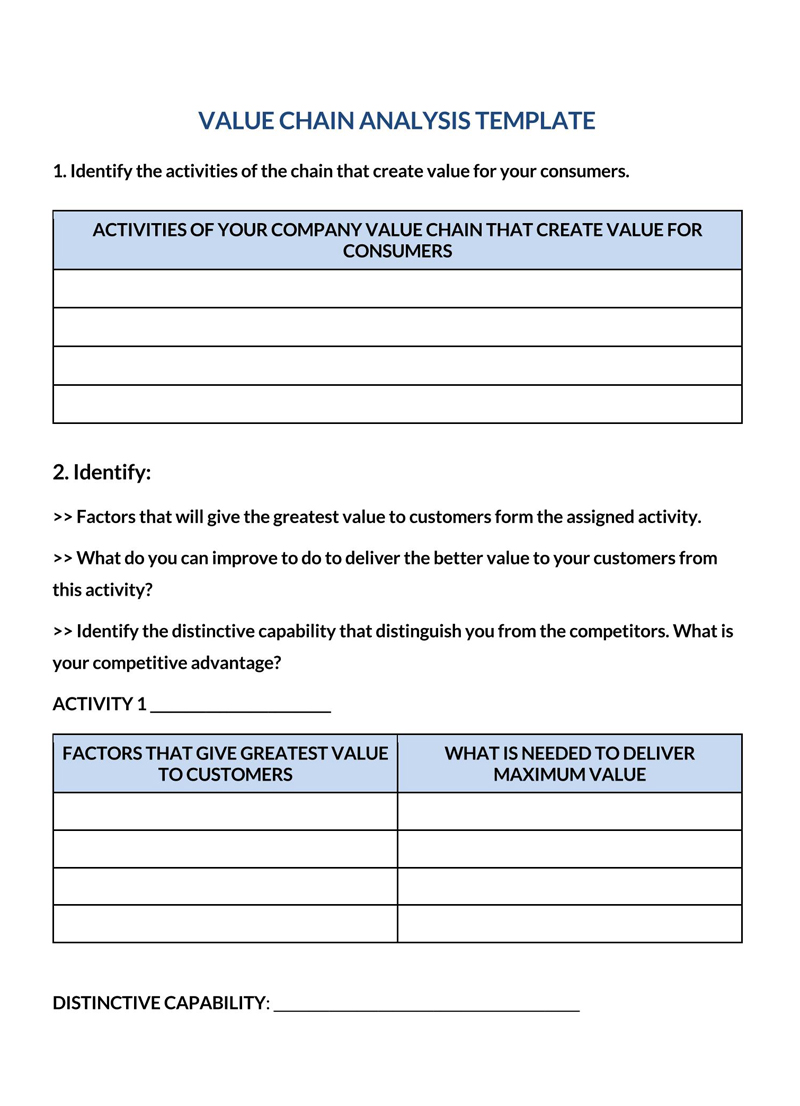
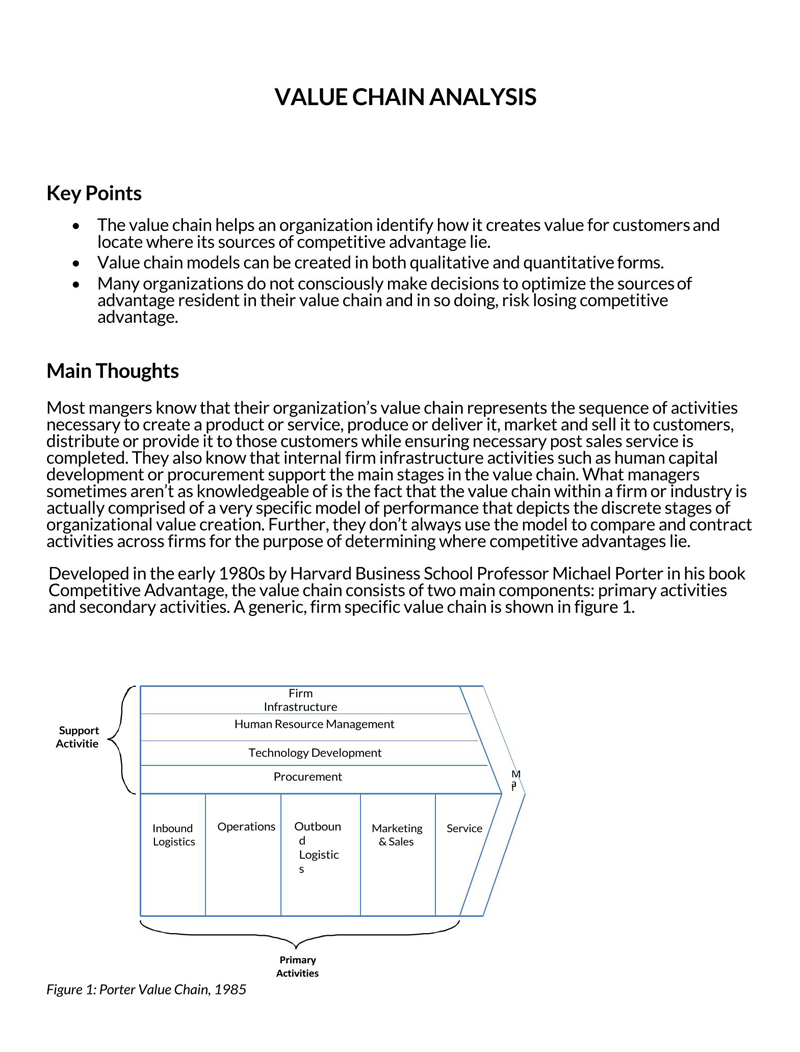
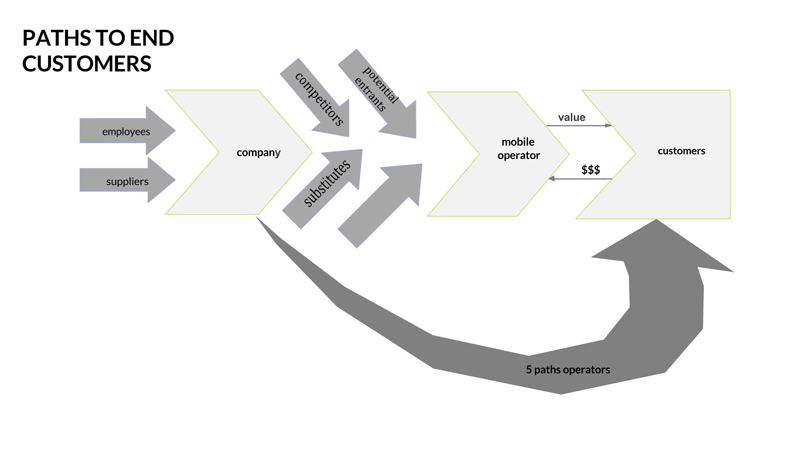
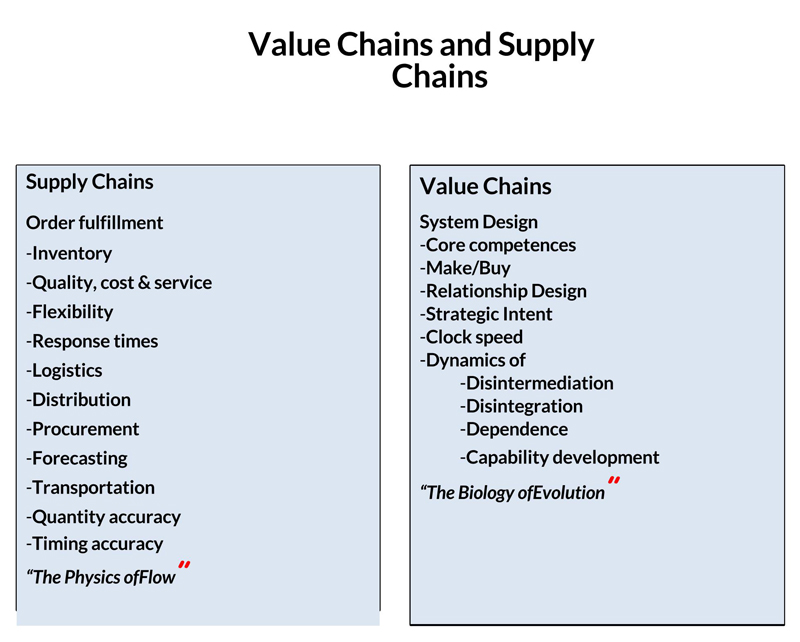
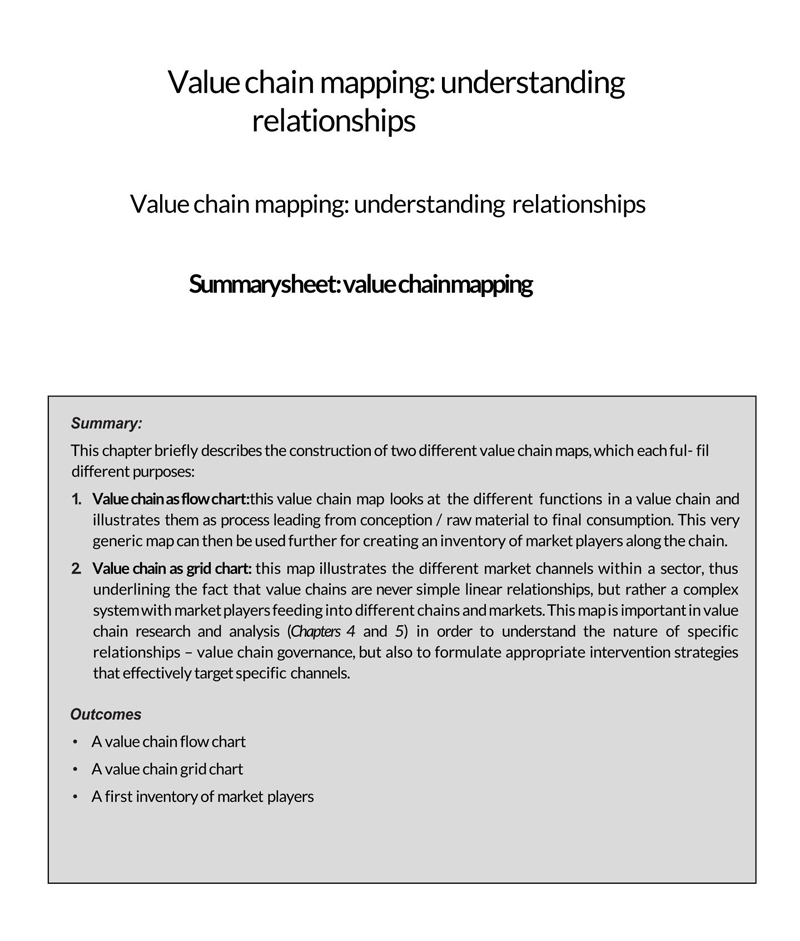
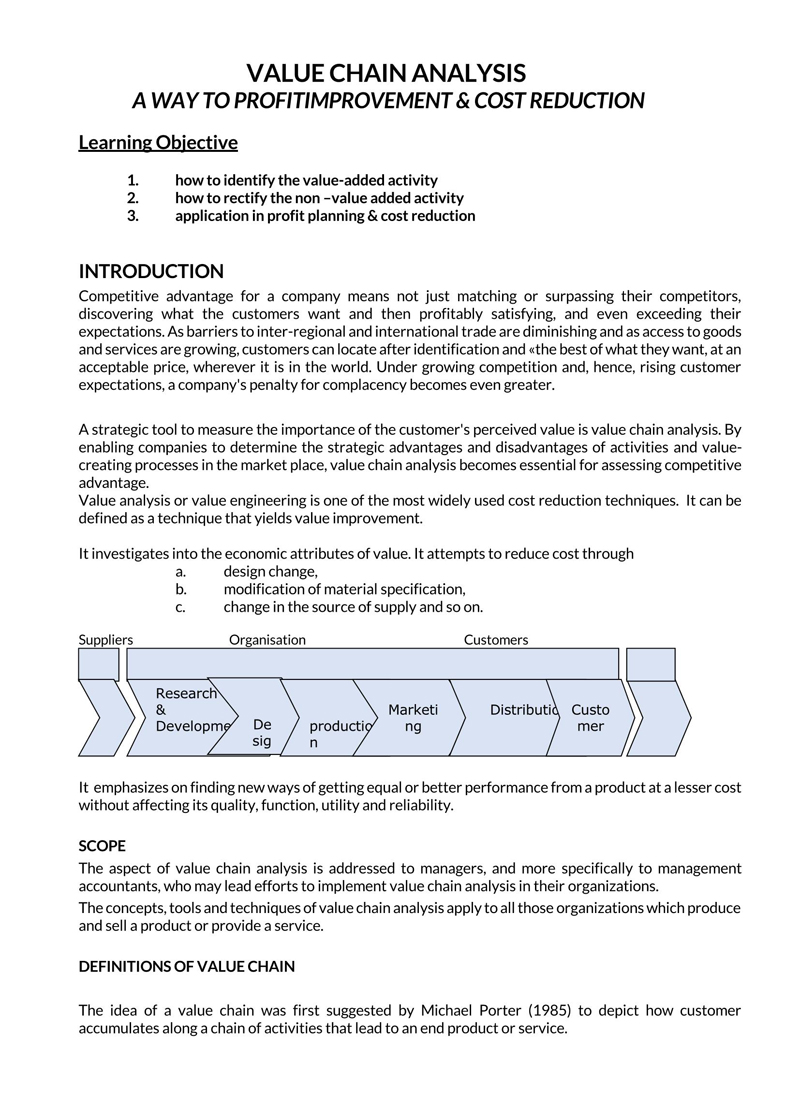
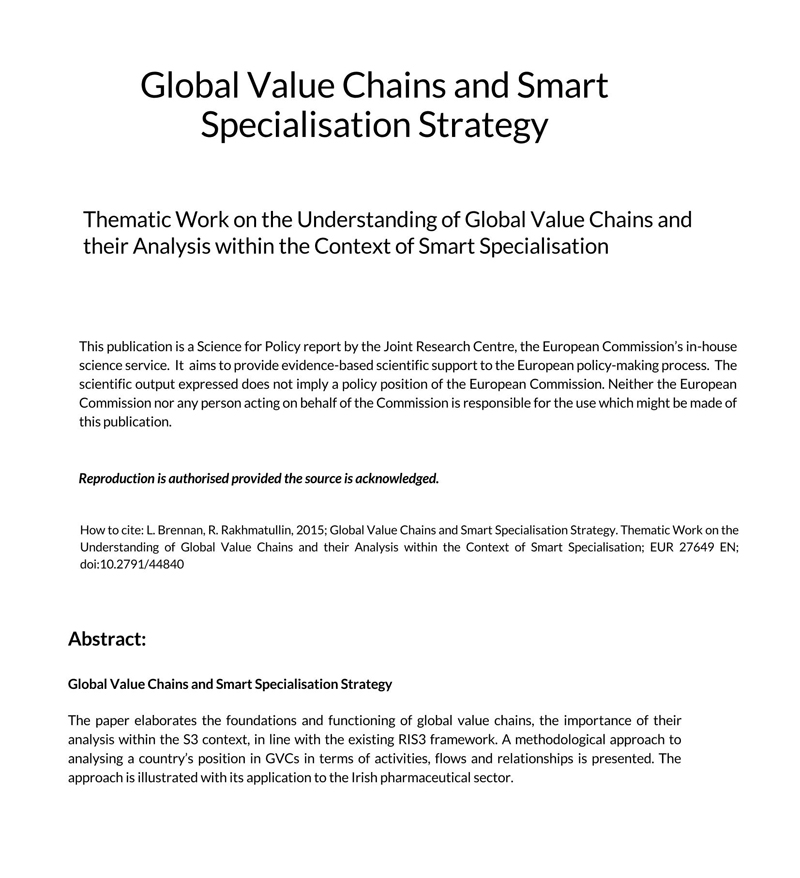
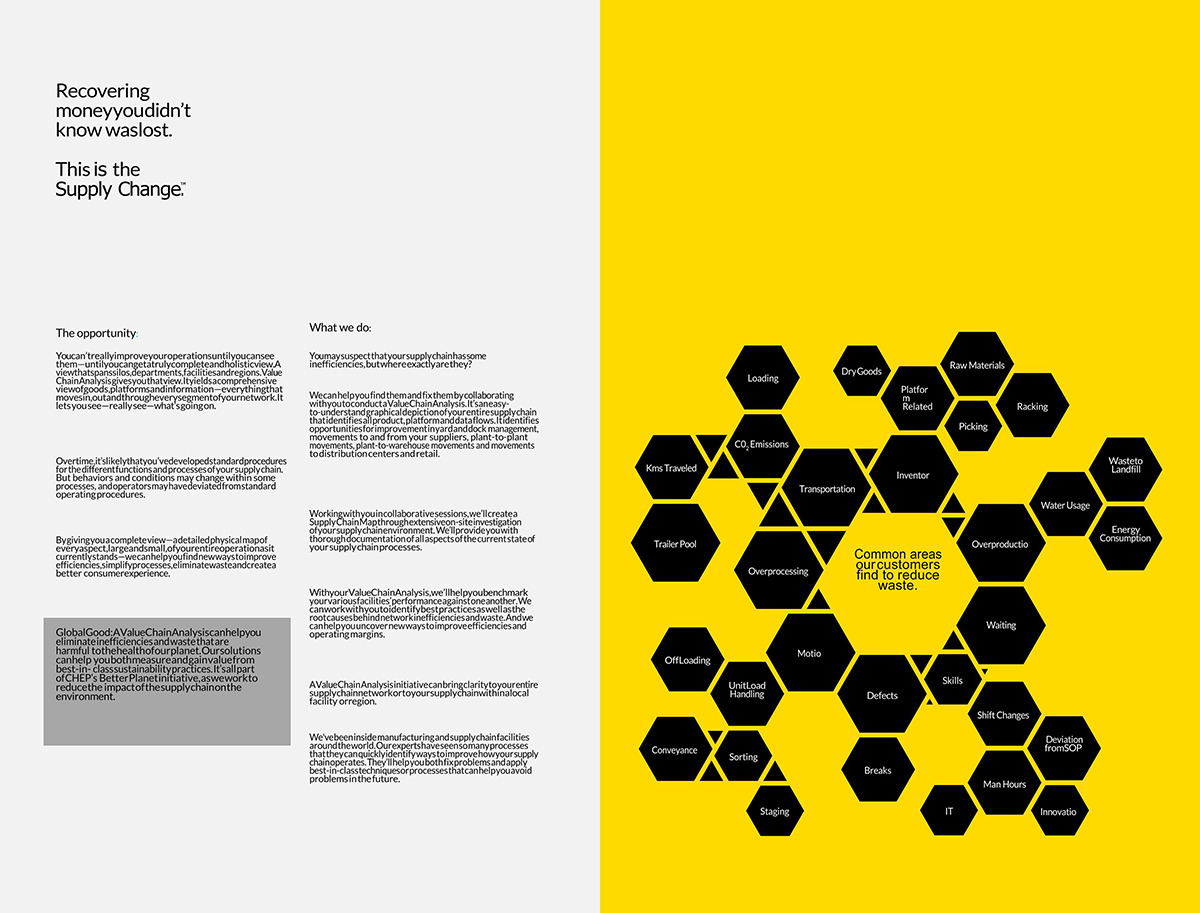
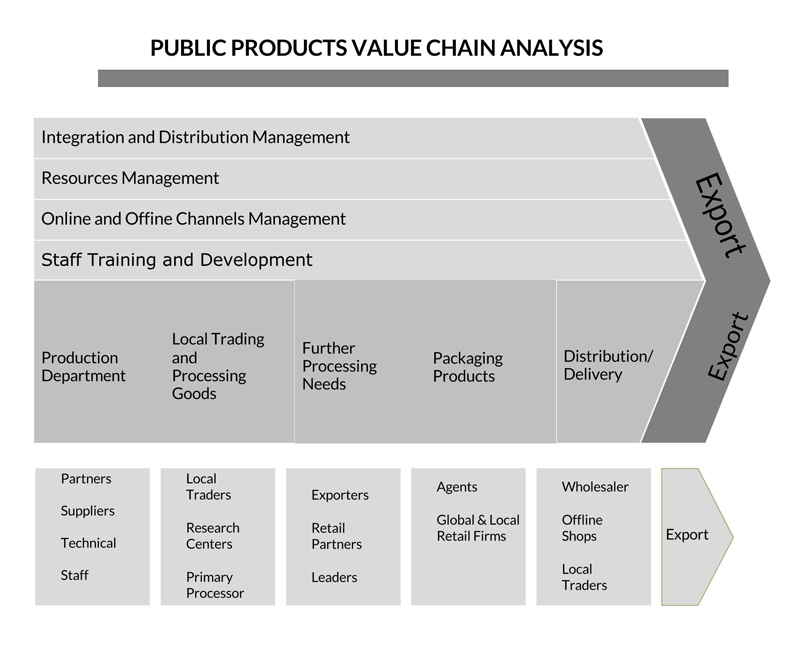
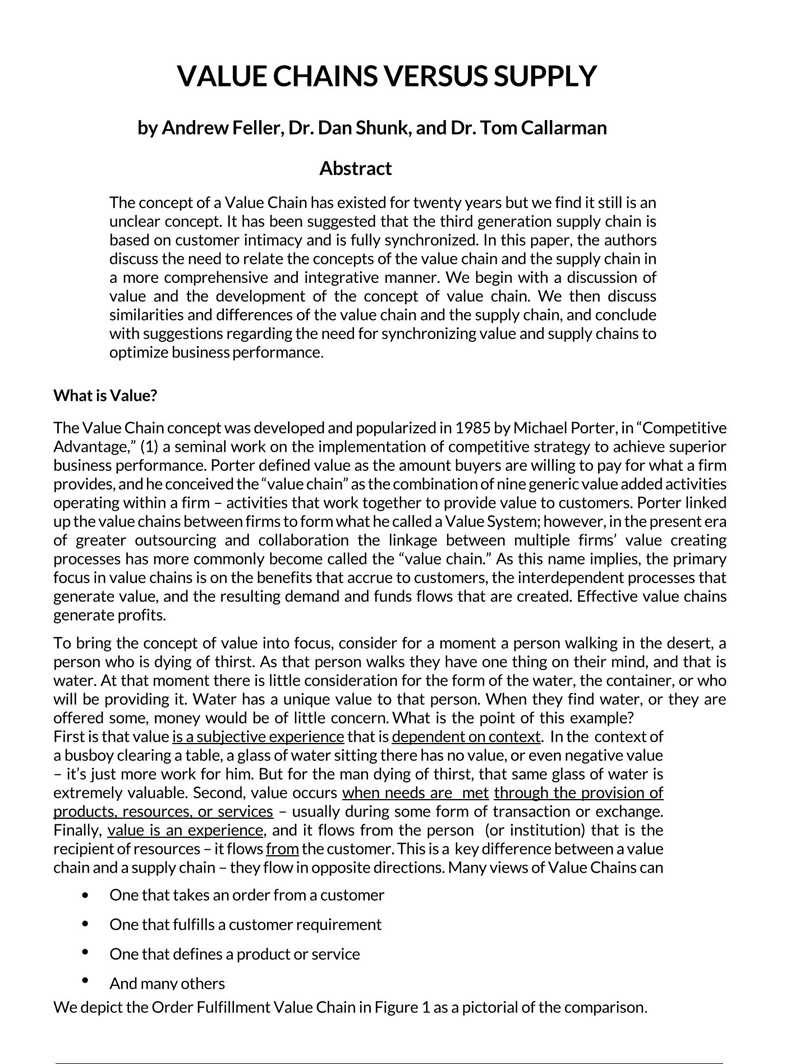
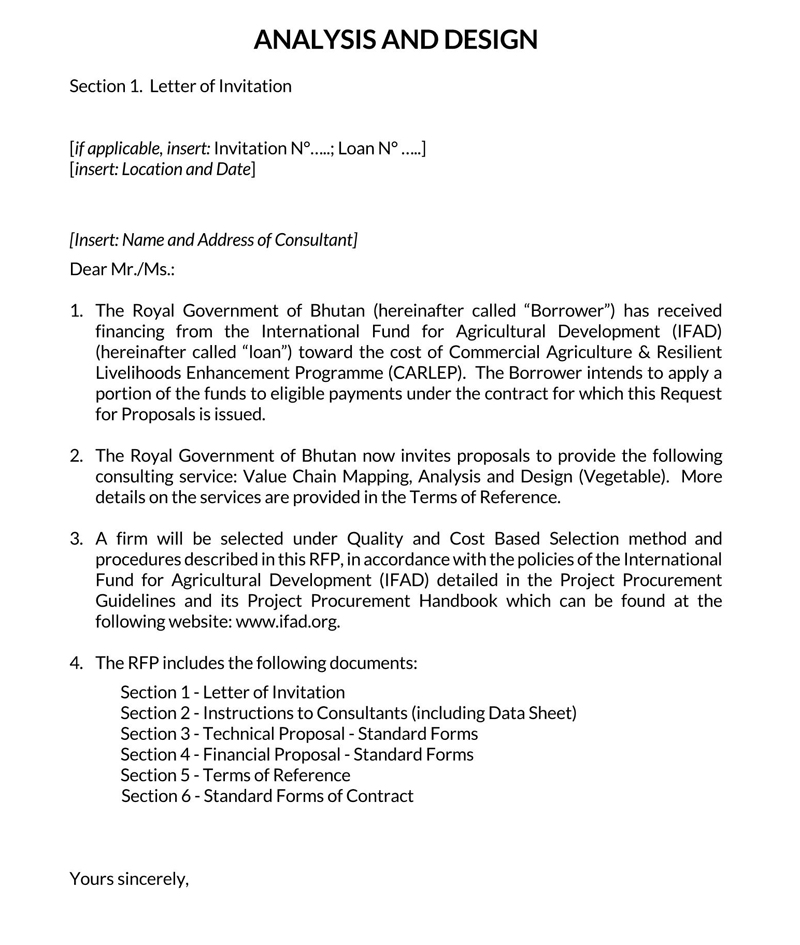
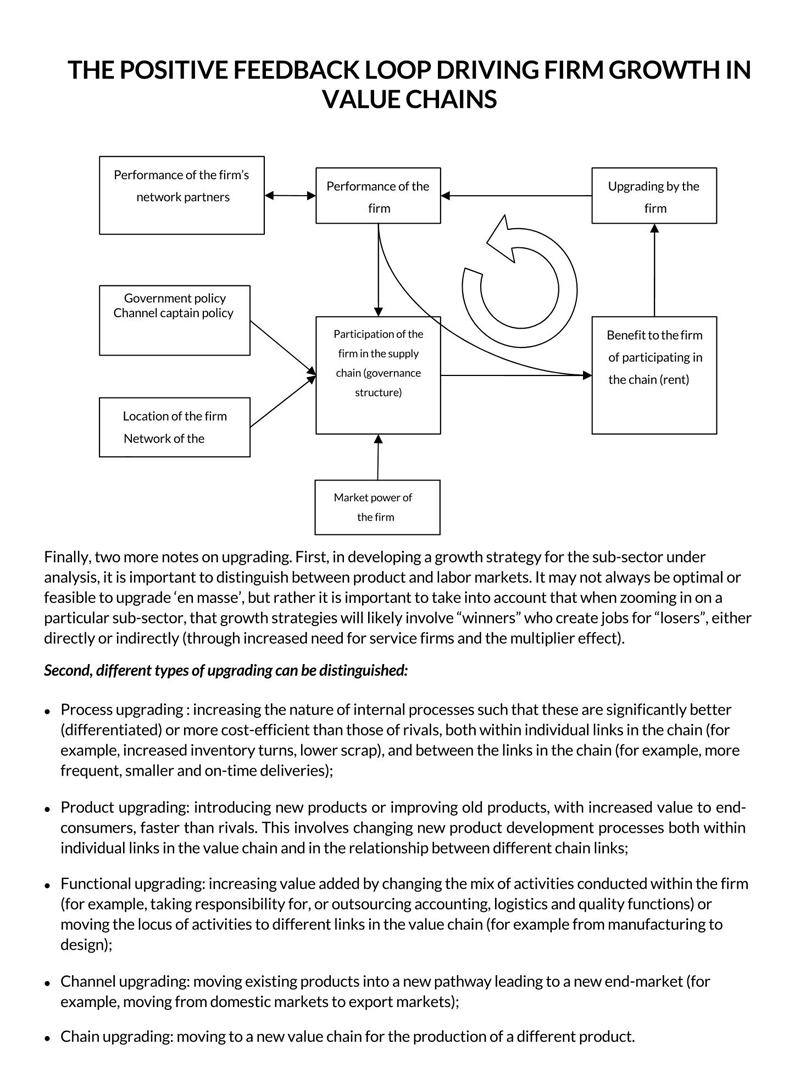
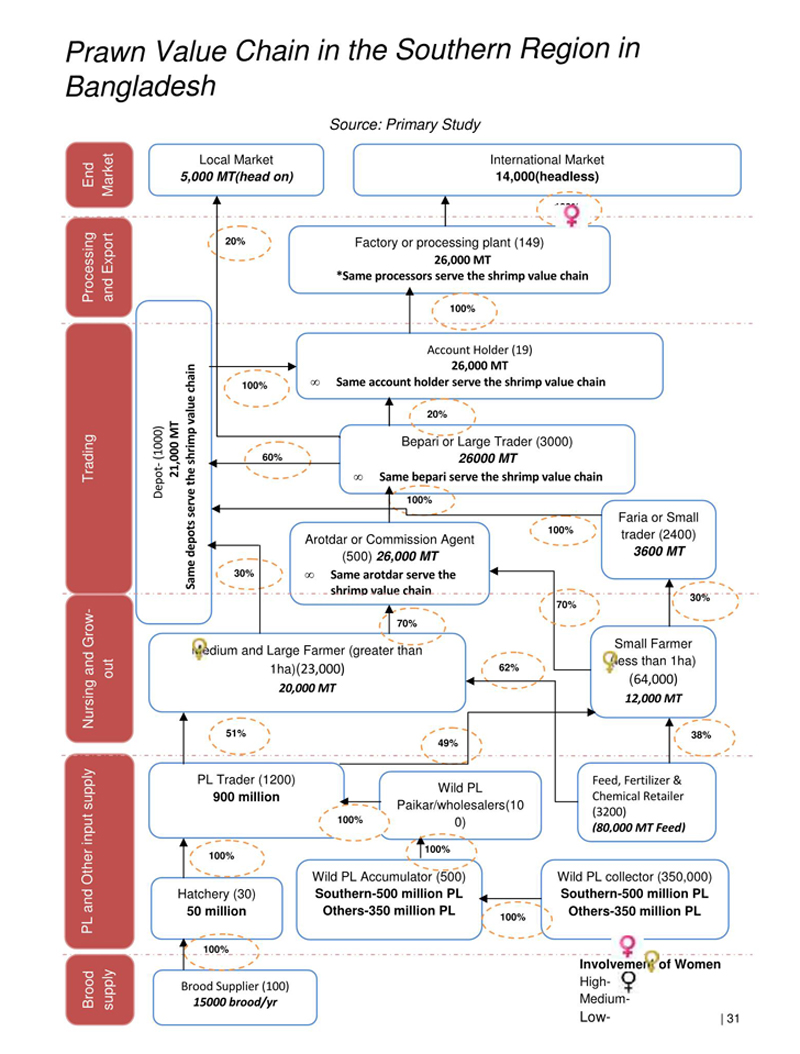
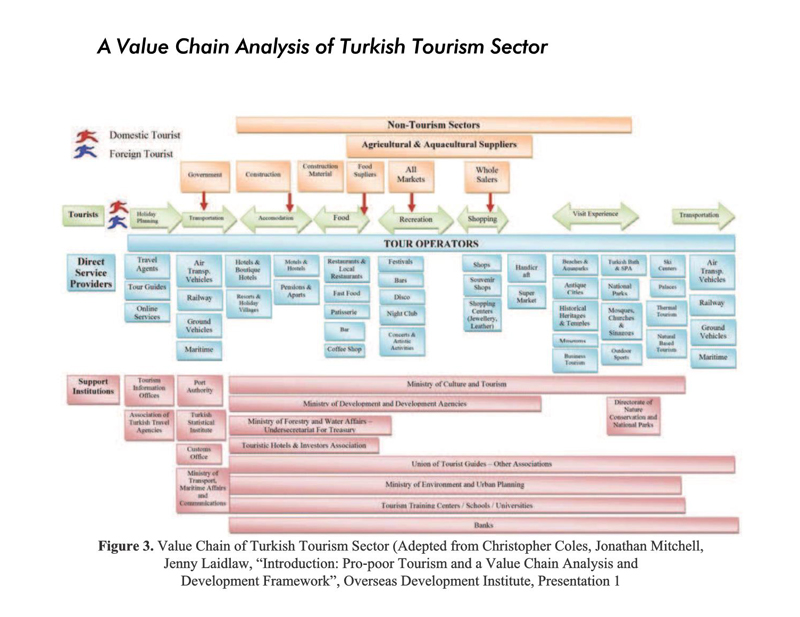
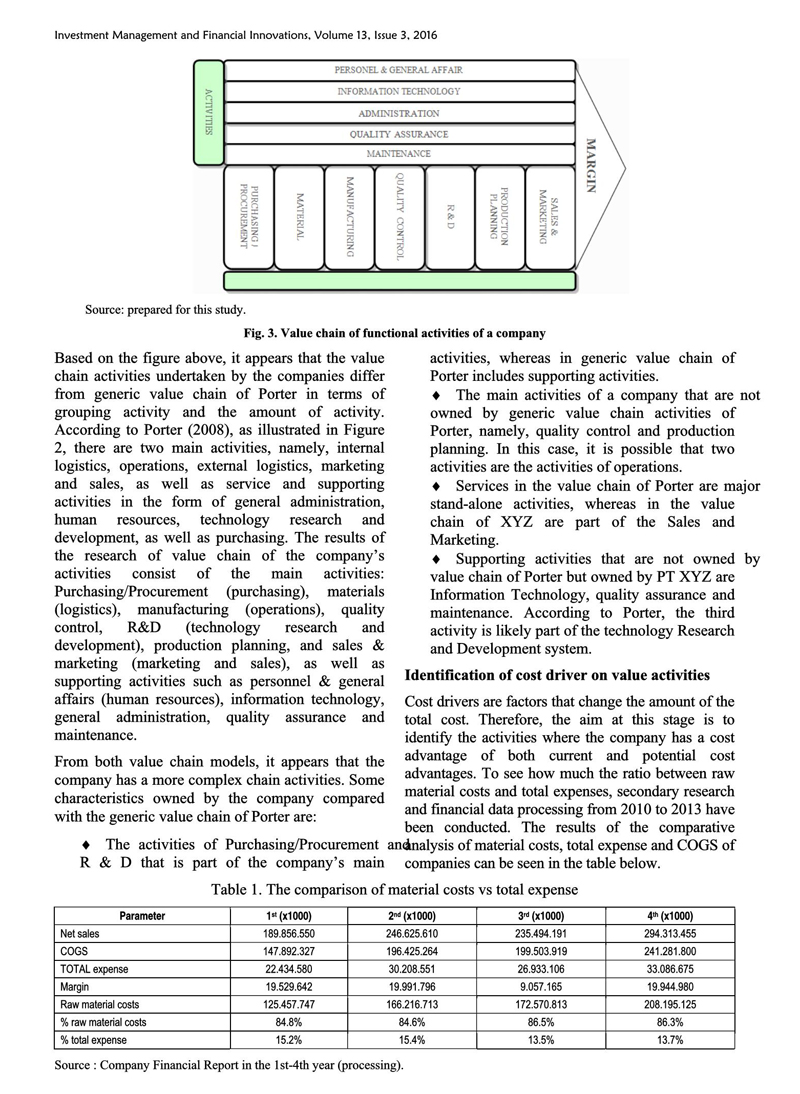
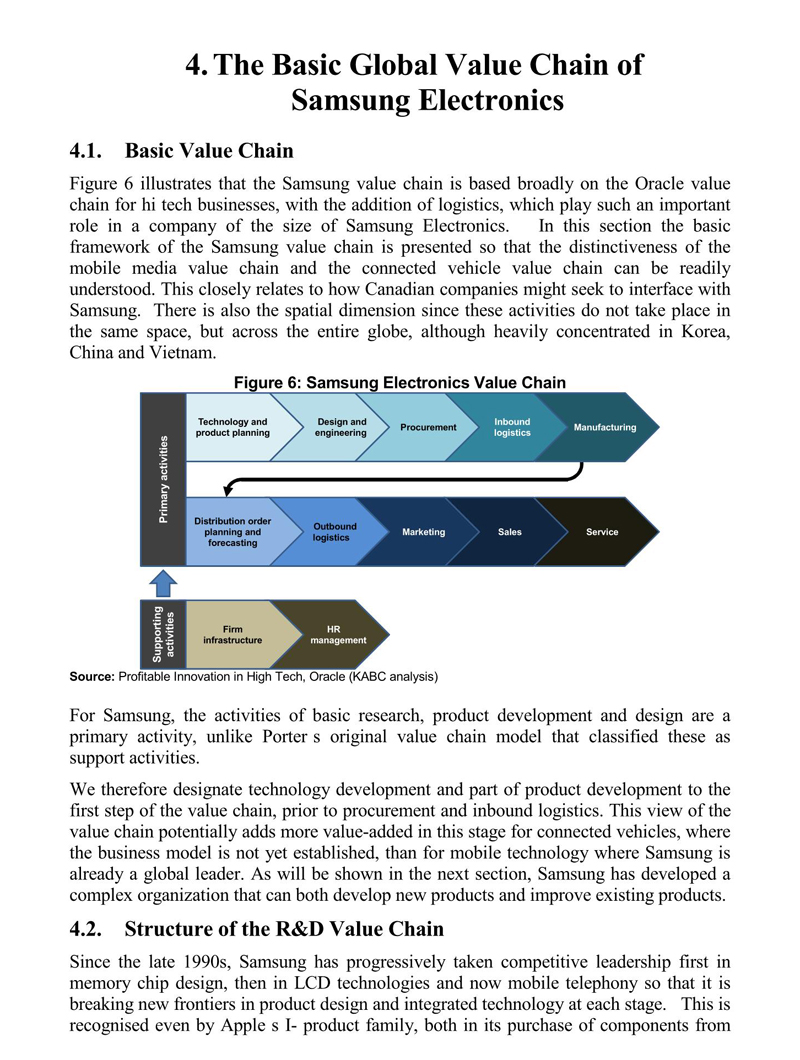
How Do You Do Value Chain Analysis?
The analysis should be done by drawing out all the processes and resources involved in each step. The critical requirement is to record all activities in a simple format and show the flow of information from one stage or process to another. These reports can serve as a tool for management decisions and strategy formulation.
You can use a template for it in the following ways:
Cost advantage
The objective of any cost-effective analysis is to determine the cost of producing a unit output of a product. The key objective of such an analysis is to show if there are any cost-saving opportunities. Such analysis will help managers and planners decide where to locate their production facilities and what value chain should be selected to compete.
The steps in such a value chain include:
- Step 1: Identify the company’s primary and support activities: The first step is identifying and defining all the activities involved, from the procurement of inputs to the production of outputs. The activities should then be classified as primary or support activities in the template. Typically, this step requires extensive knowledge of how things are done within the firm. For example, procurement process, resource allocation, production, storing, distribution, and any other activity involved before the product reaches the target customer.
- Step 2: Establish the relative importance (value) of each activity in the total cost of the product: Secondly, determine the relative value of each activity toward the total cost of the end product. Each activity or process in the production and distribution lines is associated with a cost. This cost is determined through activity-based costing. Value does not necessarily imply the amount of money; it simply signifies the contribution of the activity towards providing value to the customer. However, activities that cost significant amounts or are efficiently done compared to competitor standards should be prioritized.
- Step 3: Determine the cost drivers for each activity: Several factors determine the cost of each activity; for example, the cost of packaging will depend on perishability, durability, sensitivity to climate conditions, fragility, etc. These factors should be registered in the template.
- Step 4: Identify links between activities: Next, the analysis should establish the links between different activities within the chain. Most activities are dependent on each other, and cost reductions in one activity or process may result in cost reductions or increases in another activity. Knowing these dependencies helps make decisions that create balance within the production and distribution lines.
- Step 5: Identify opportunities to reduce costs or gain a competitive advantage: Lastly, the template should identify areas where costs can be reduced or improvements can be made to increase competitive advantage. For example, a company can lease instead of buying equipment and machinery to eliminate repair and maintenance costs.
Differentiation advantage
To demonstrate a company’s competitive advantage, a value chain analysis should measure the differences from competitors in terms of cost, quality of goods and services, delivery, and customer service to provide valuable information for decision-makers. The differentiation advantage is one source of competitive advantage that provides companies with strategic flexibility and long-term viability. For example, superior customer service can result in a differentiation advantage.
The analysis for differentiation advantage can be done in the following steps:
- Step 1: Identify the customers’ value-creating activities: Start by identifying all the activities that create value for the customers by meeting customer service needs, making the products more attractive for the end-users, and providing higher quality services to customers. Therefore, these are not activities that ensure the product meets the customer’s pain points but provide additional satisfaction. This can include packaging, convenience services, marketing, etc.
- Step 2: Evaluate the differentiation strategies/techniques for improving customer value: Review the differentiation strategies available to determine how they can maximize the value created by the value-creating activities. Examples of such strategies include adding features, new ads, customizing, addressing customer feedback, offering complementary products, etc.
- Step 3: Identify the best sustainable differentiation: Lastly, evaluate the different combinations of differentiation strategies and activities that offer the most value. The best combination should be implemented to achieve a sustainable differentiation advantage over competitors.
How Do You Improve a Value Chain?
Value chain analysis templates help companies identify bottlenecks or areas for improvement in their product delivery or marketing sectors. A company mustn’t have any weak links within the chain. Weak links make it easier for competitors to exploit the market, making it harder for a company to sustain a competitive advantage. This forms the basis for improving a value chain to create and retain a sustainable competitive advantage.
Two techniques used to improve the value chain are:
Reducing costs
This approach includes identifying and implementing cost-cutting solutions within the cycle of products and services. This will often include being more efficient.
Product differentiation
Product differentiation is also termed specialization. This approach focuses on activities, unique products, or services that customers are willing to pay for more than competitors’ products and services. This will often require significant investment in research and development, marketing, technology, etc., to make the product stand out.
Final Thoughts
The value chain analysis template can provide a quantitative and holistic measurement of a firm’s advantage over its competitors, integrating it into future decision-making processes. It is said that “good business is always trying to be in front of the next wave, not following the last one”. They equip managers with this foresight by illuminating the major strategic activities that impact company performance and identifying the best alternatives available.
These templates help companies achieve sustainable competitive advantage by increasing their value-creating activities and reducing their non-value-creating activities. It also assists in identifying bottlenecks or areas for improvement to improve competitiveness now and in the future.
Accordingly, it is fair to presume that it has the potential to save a company a significant amount of money. Hence, it can be regarded as a critical tool for optimizing existing and new products.




